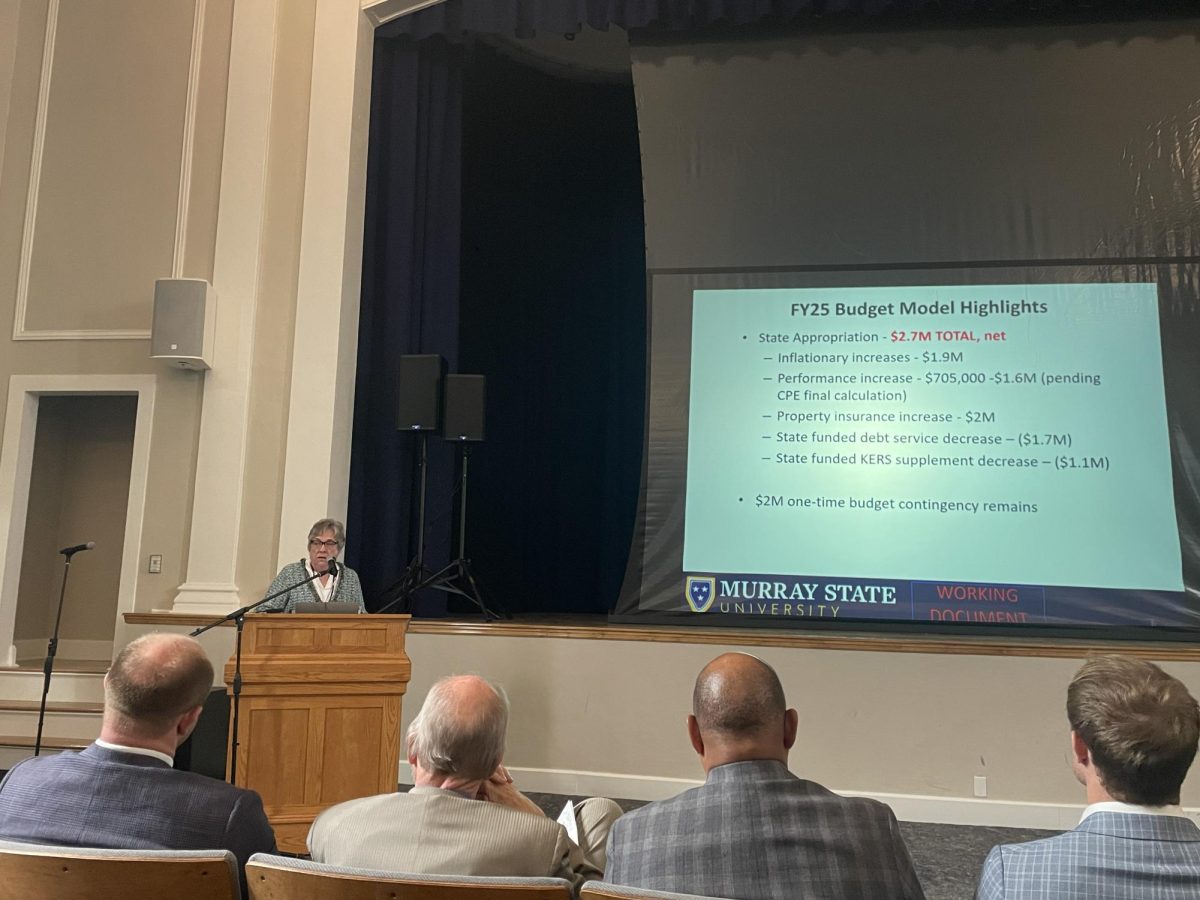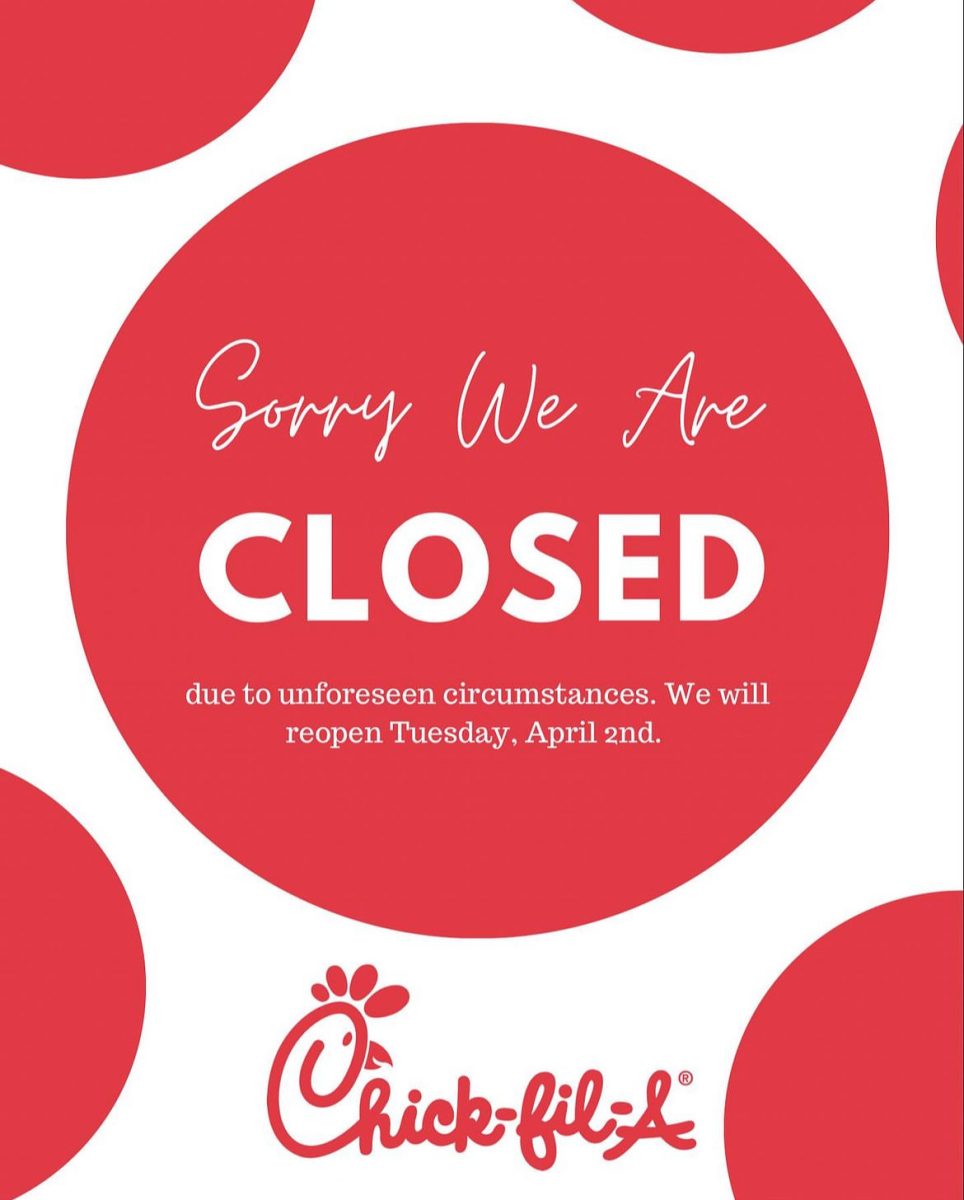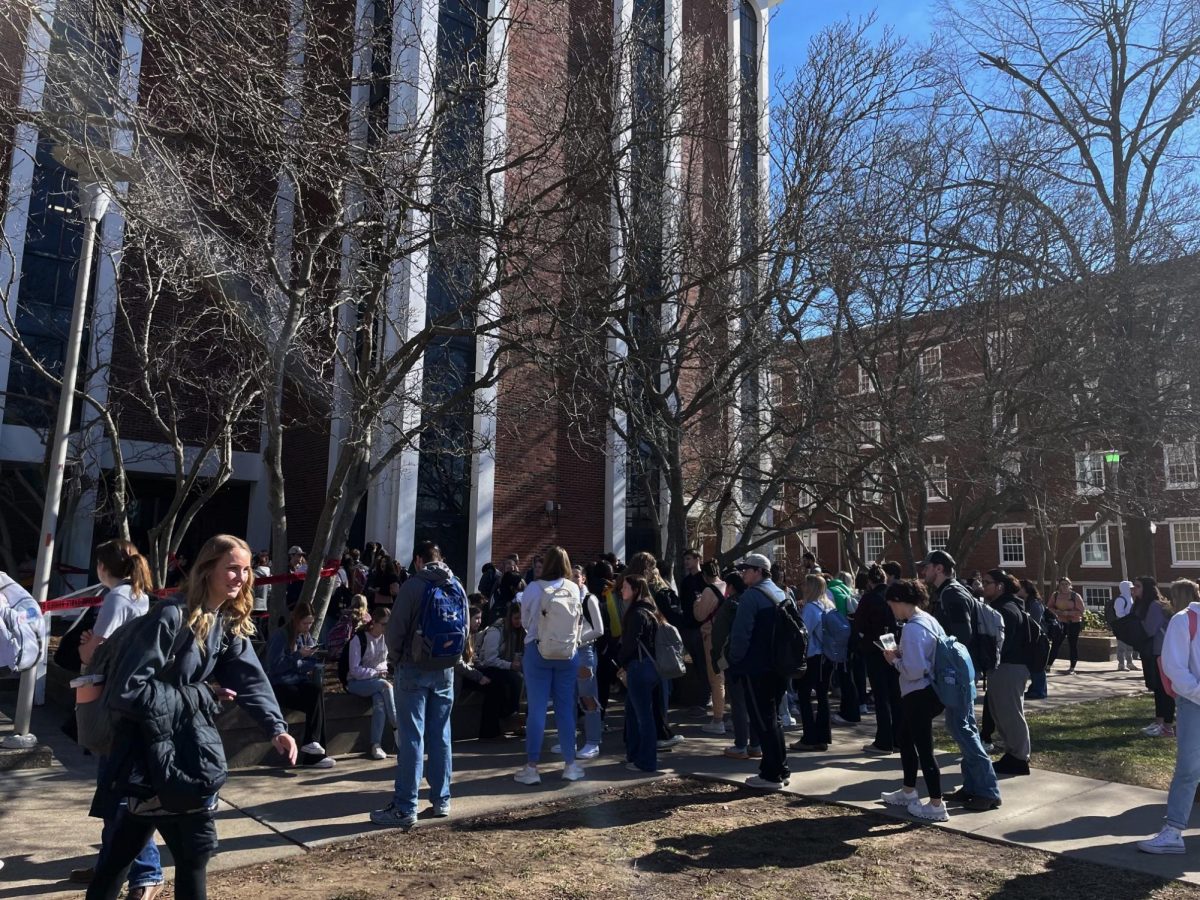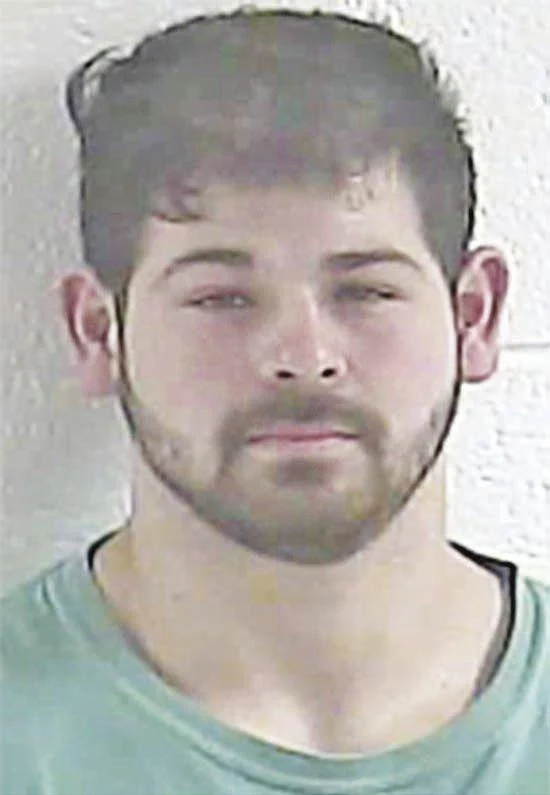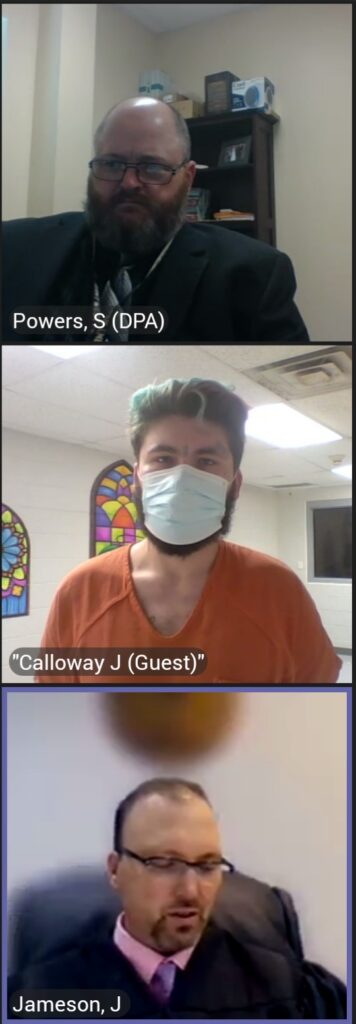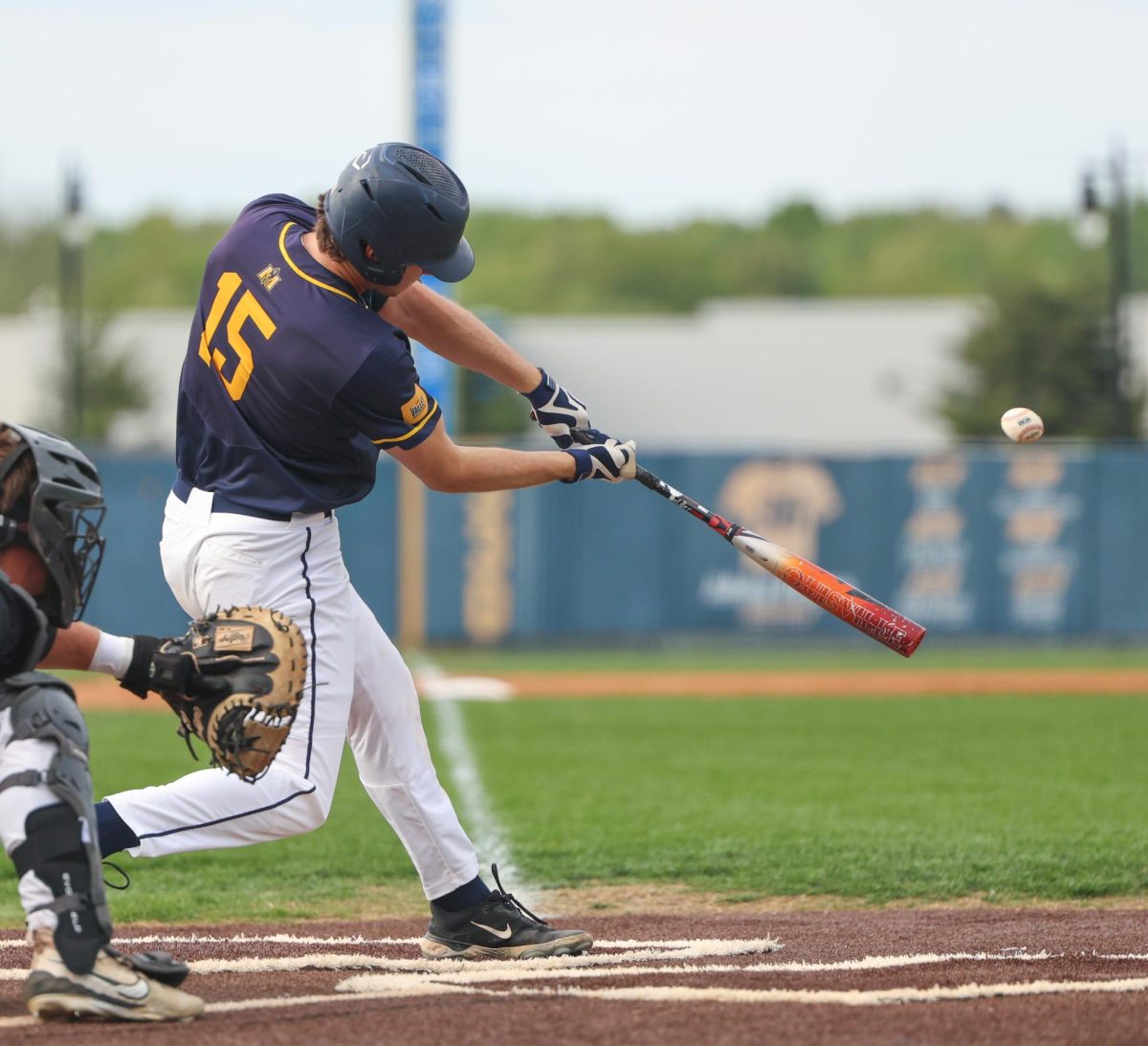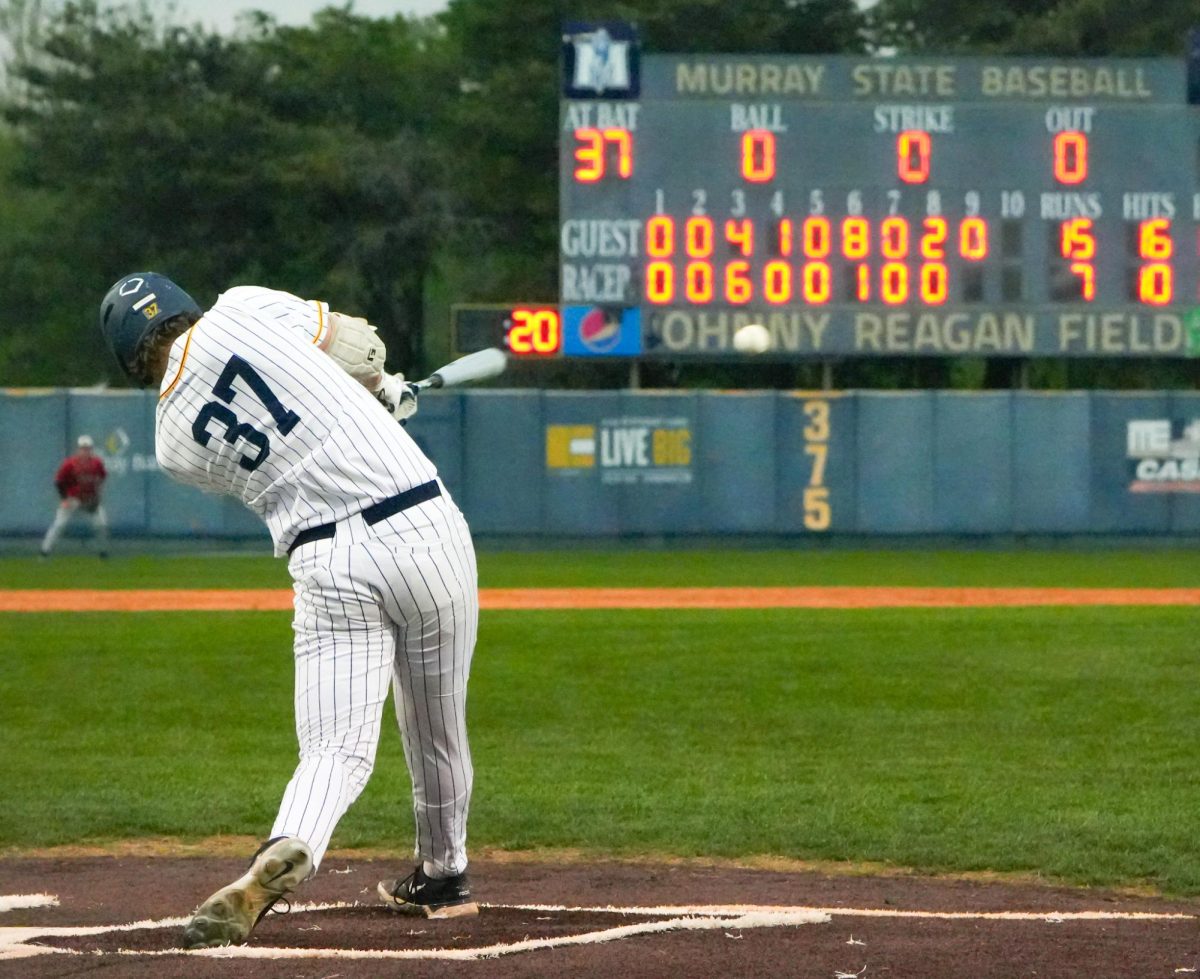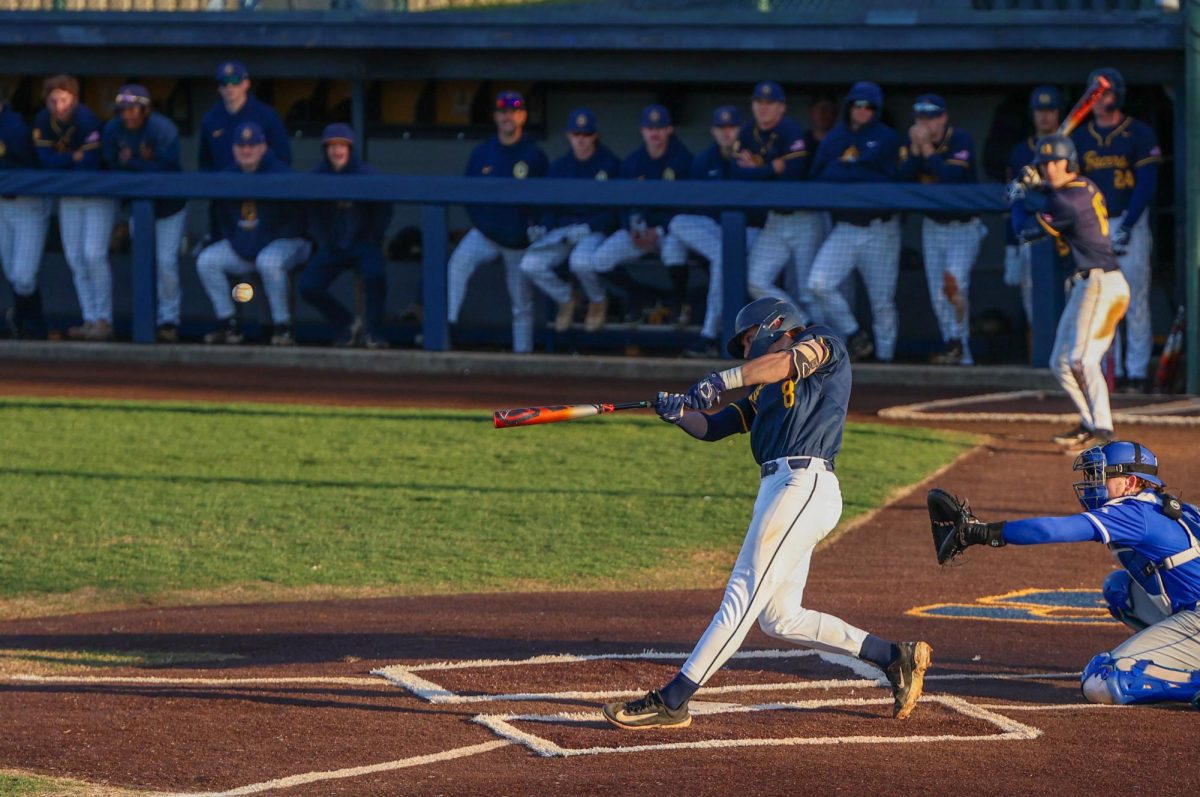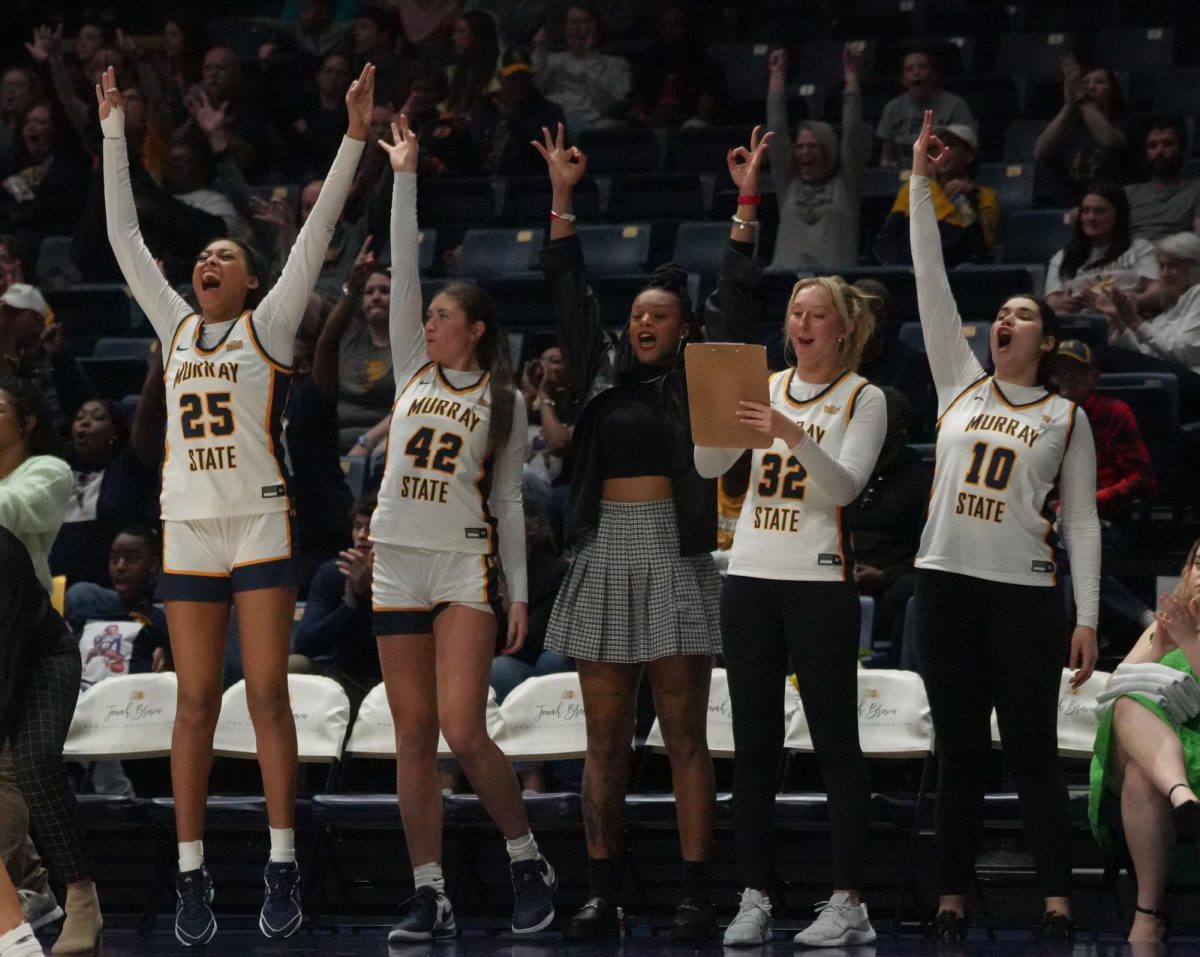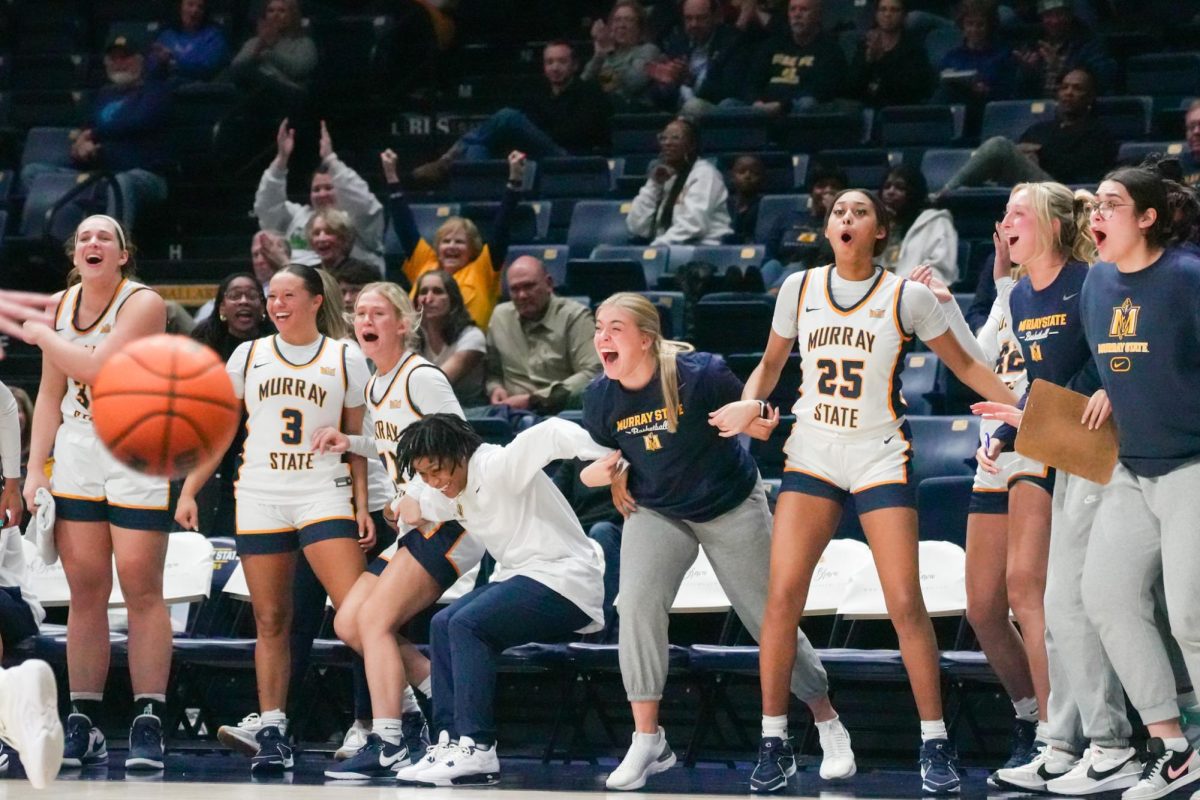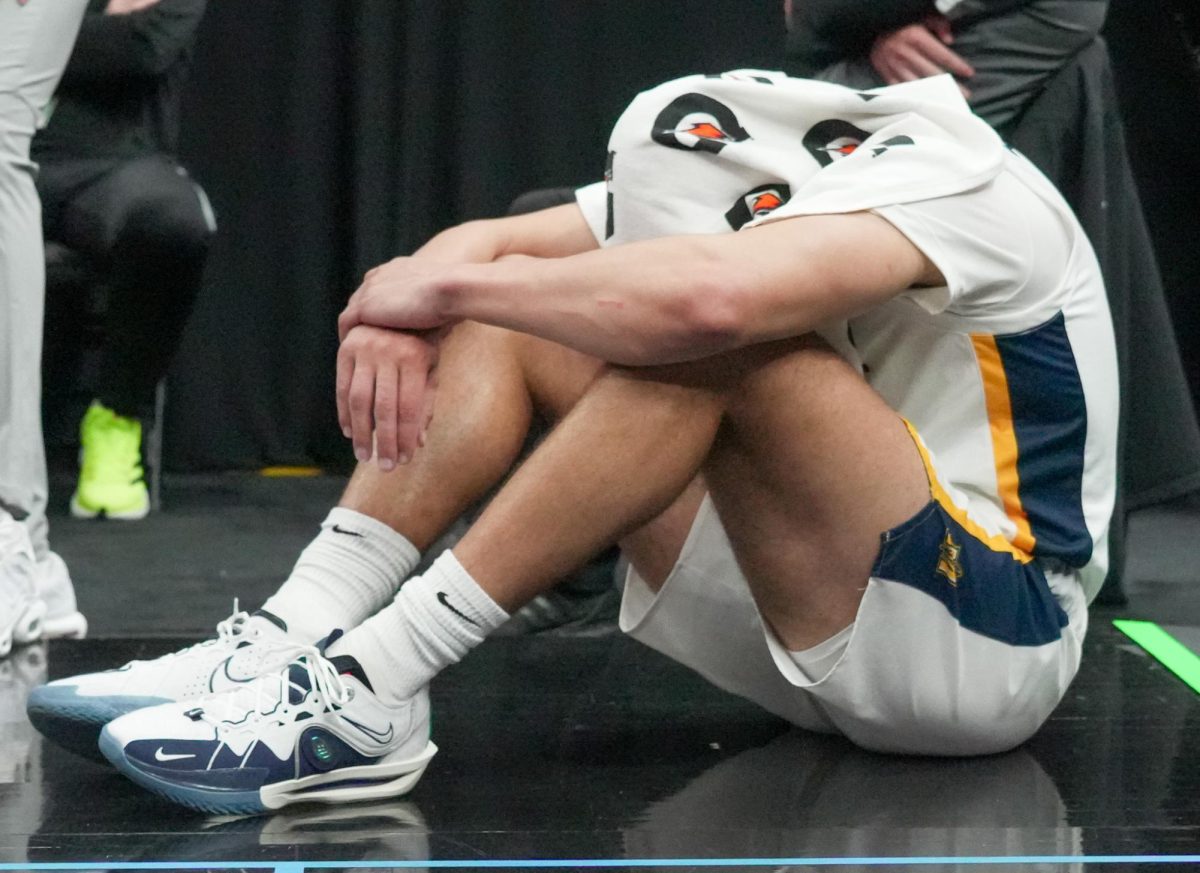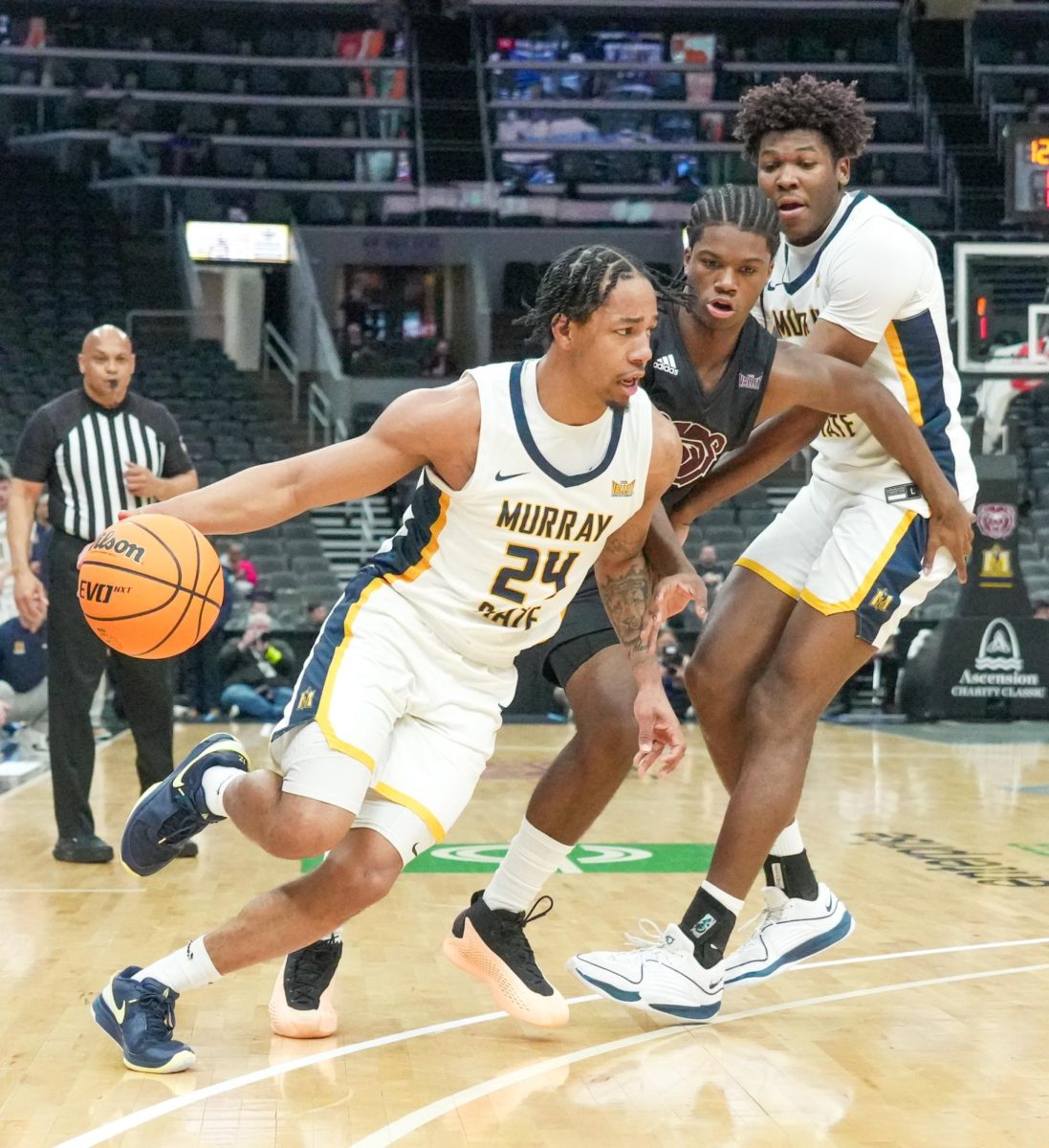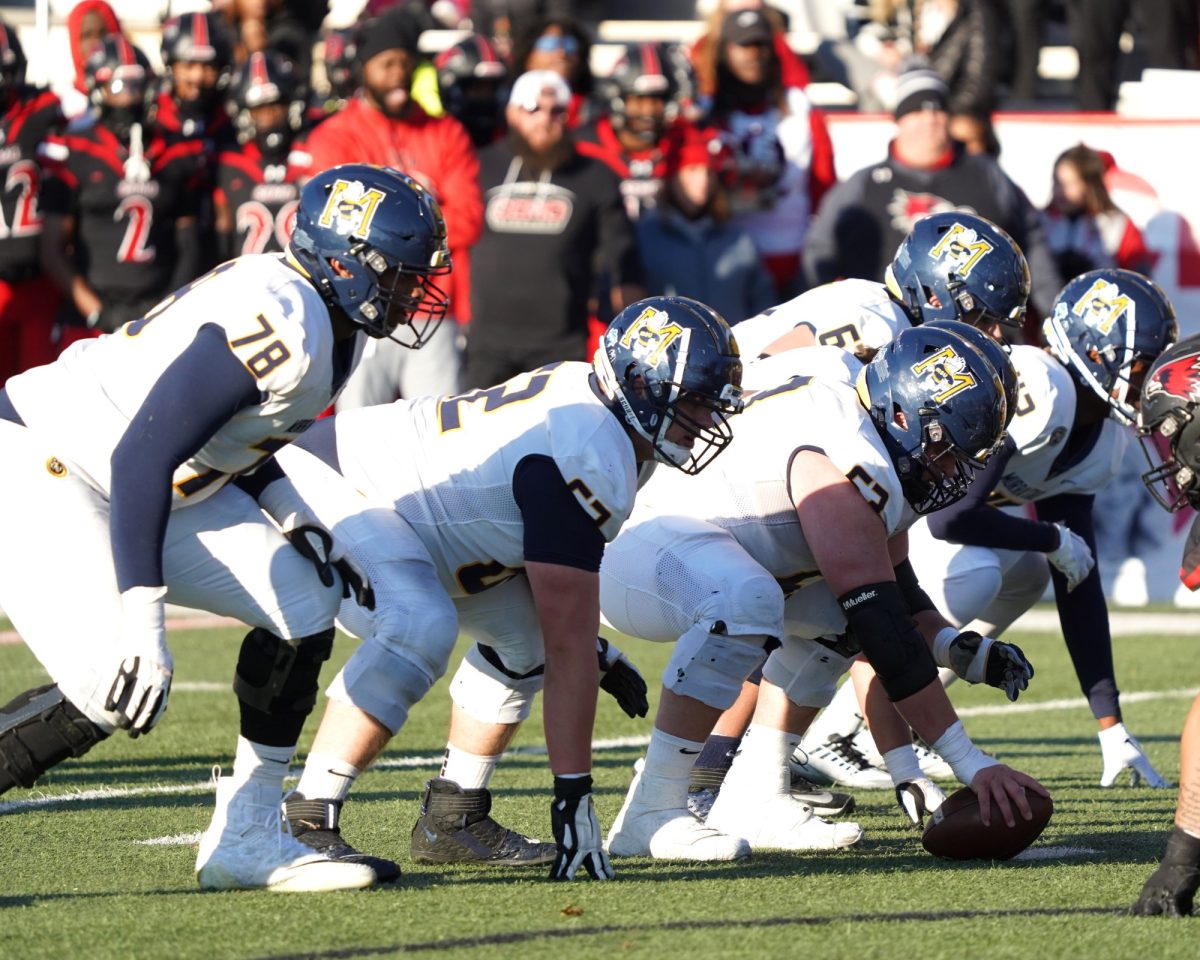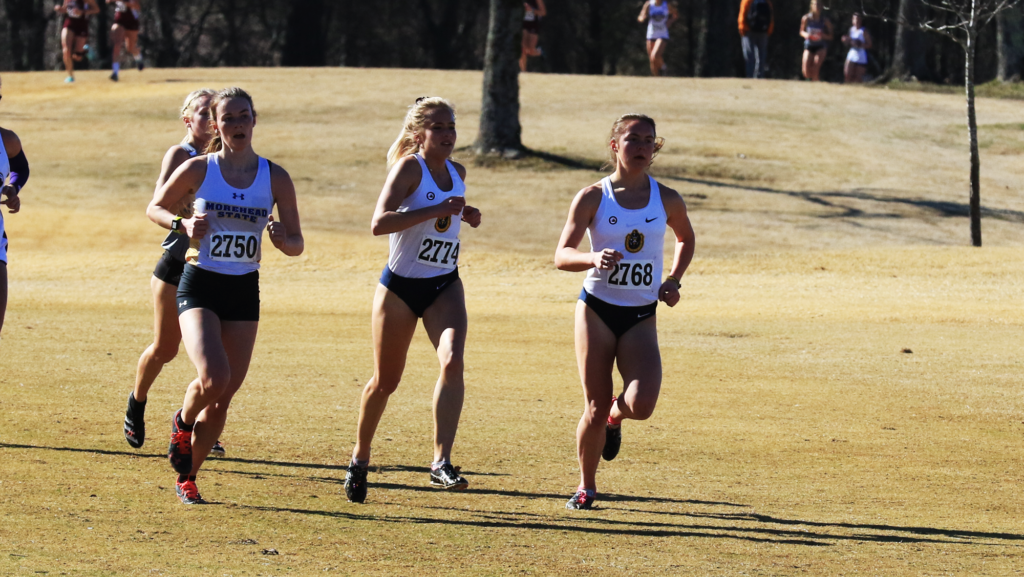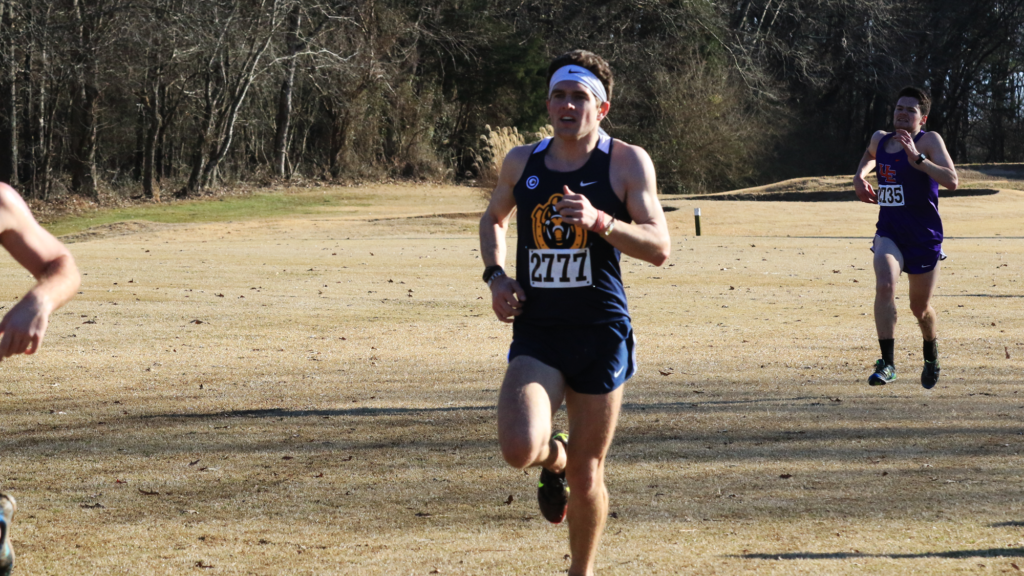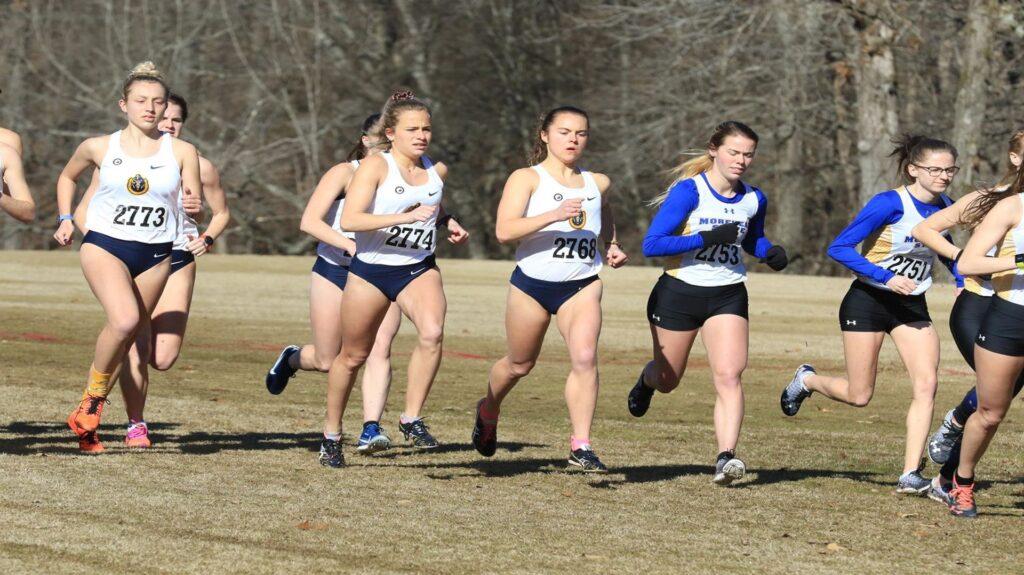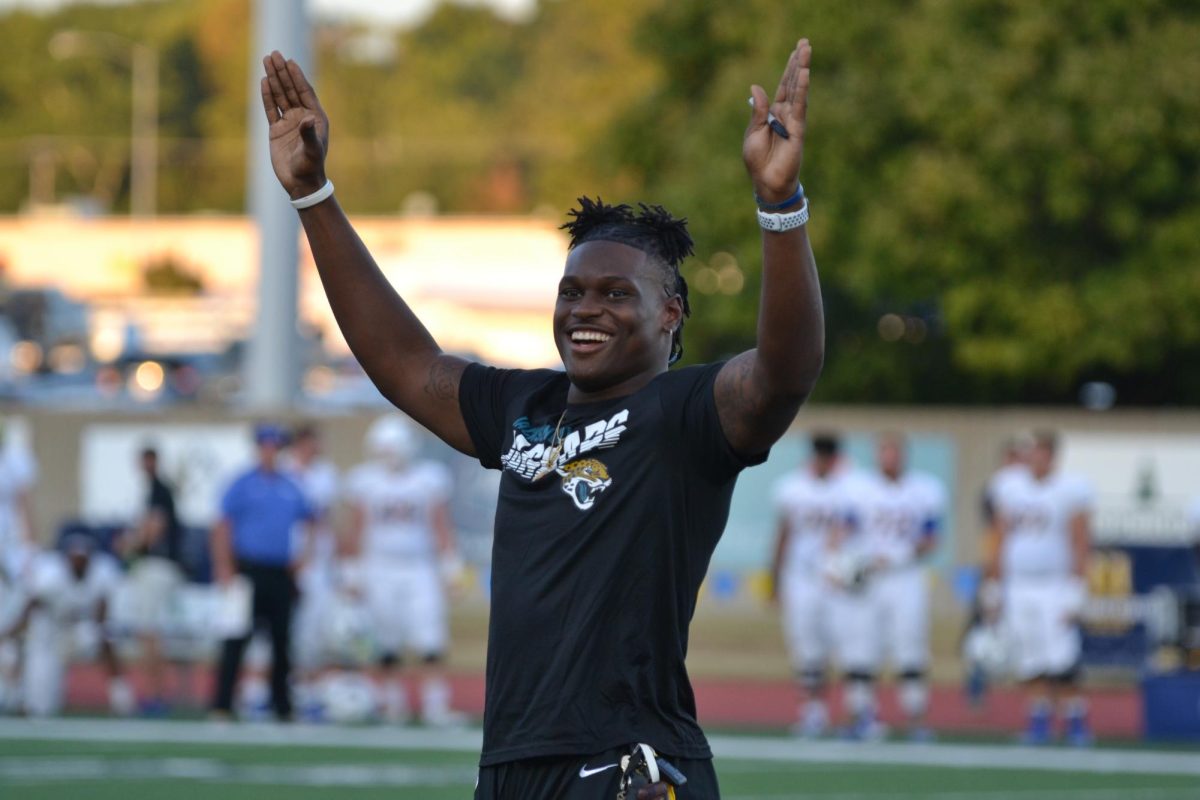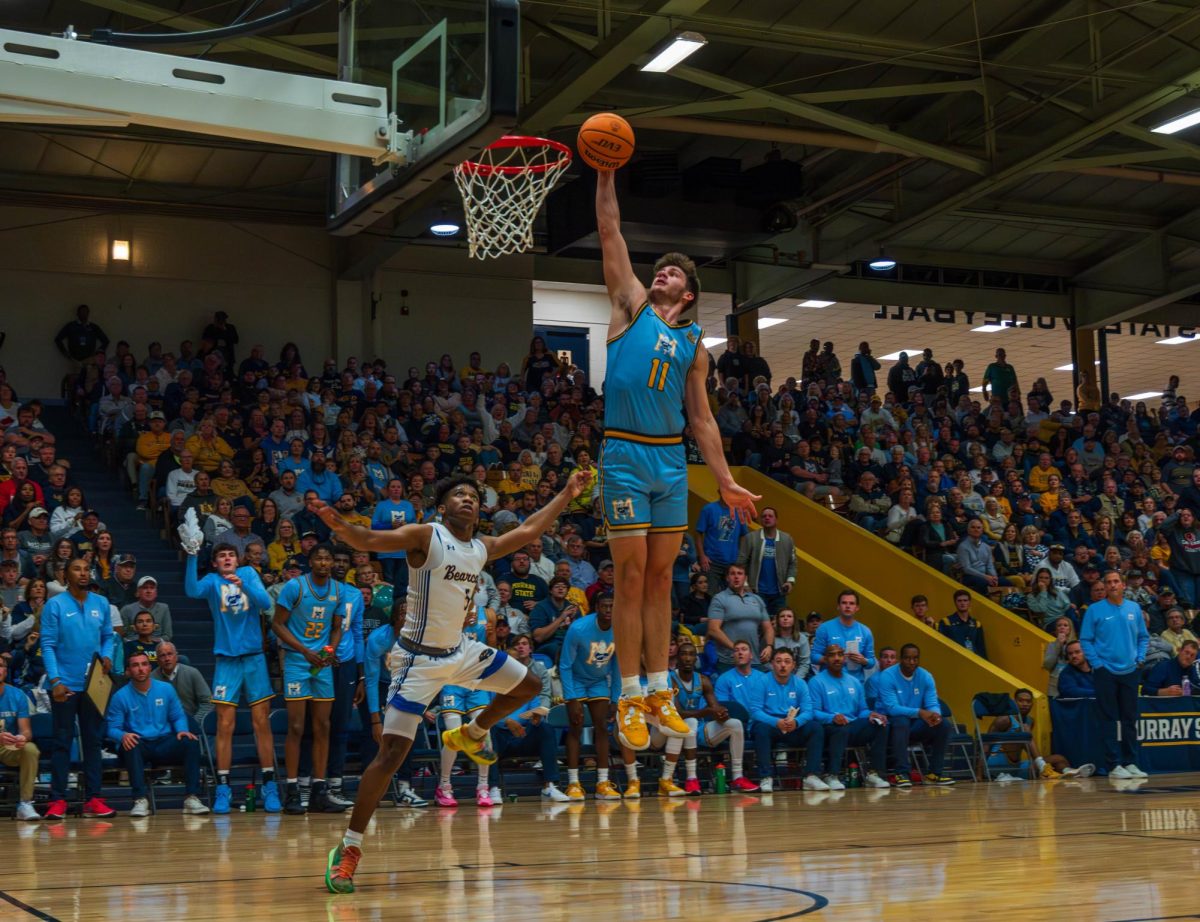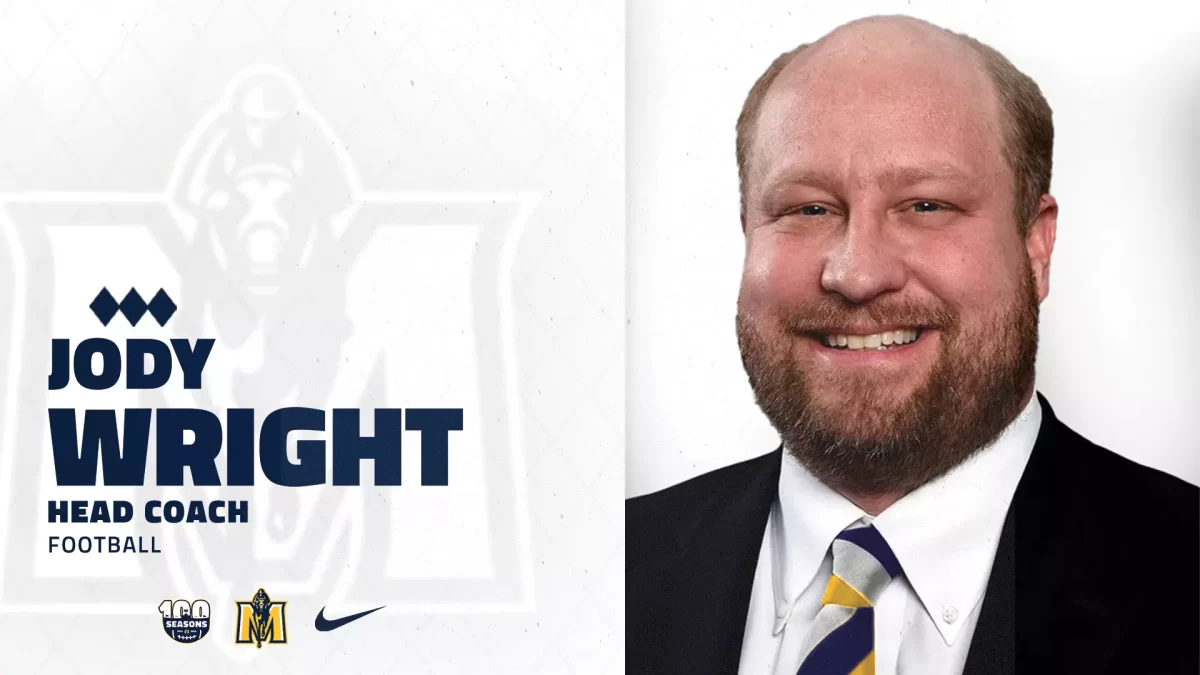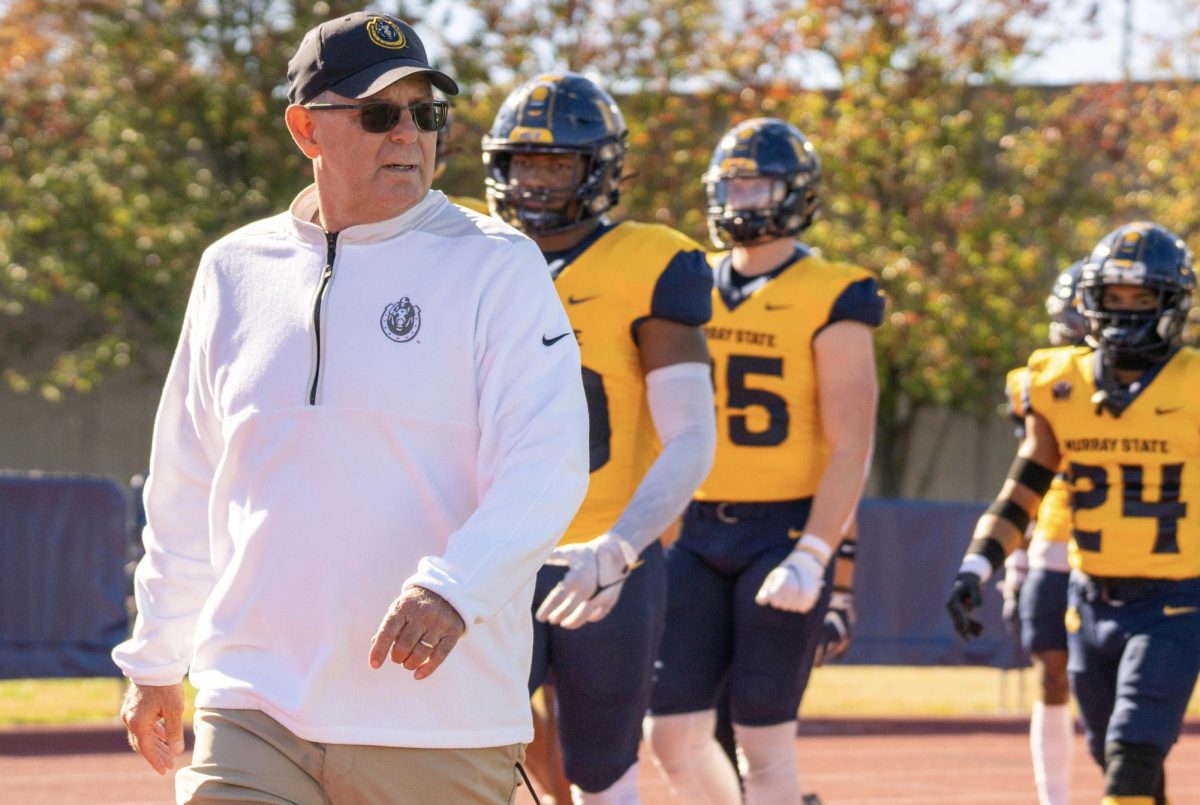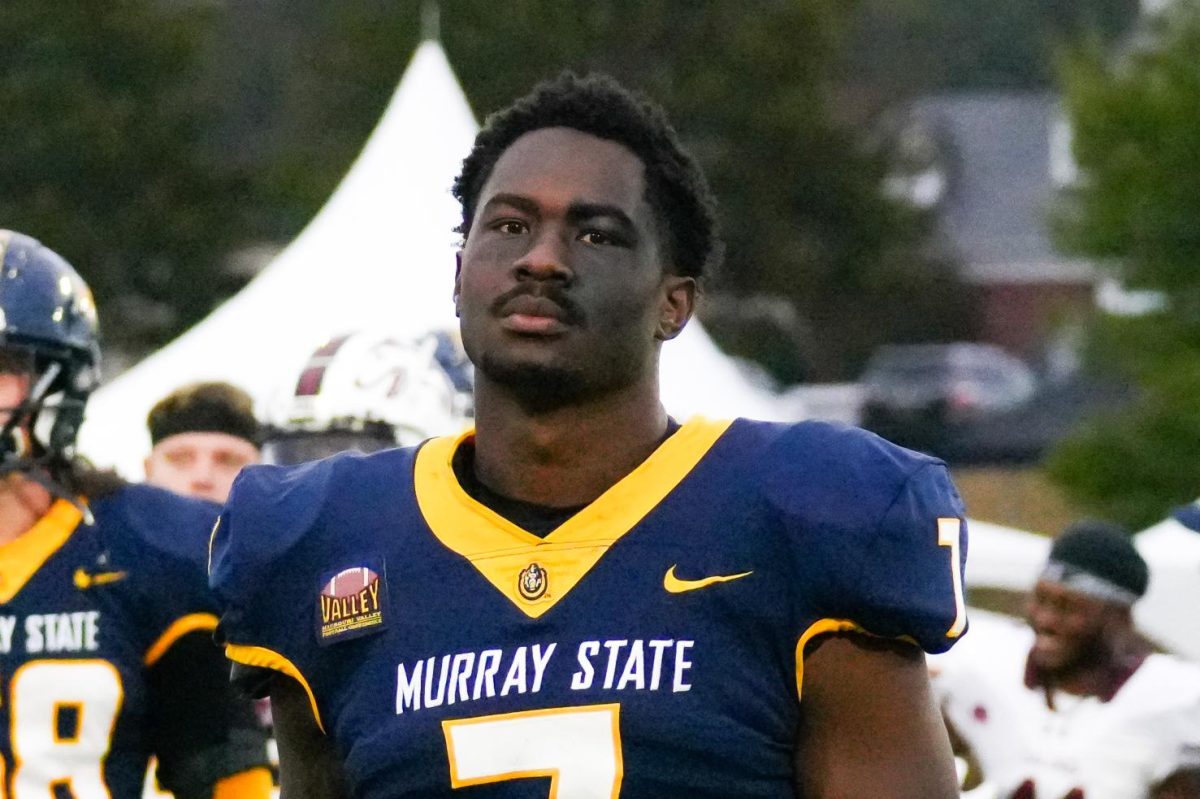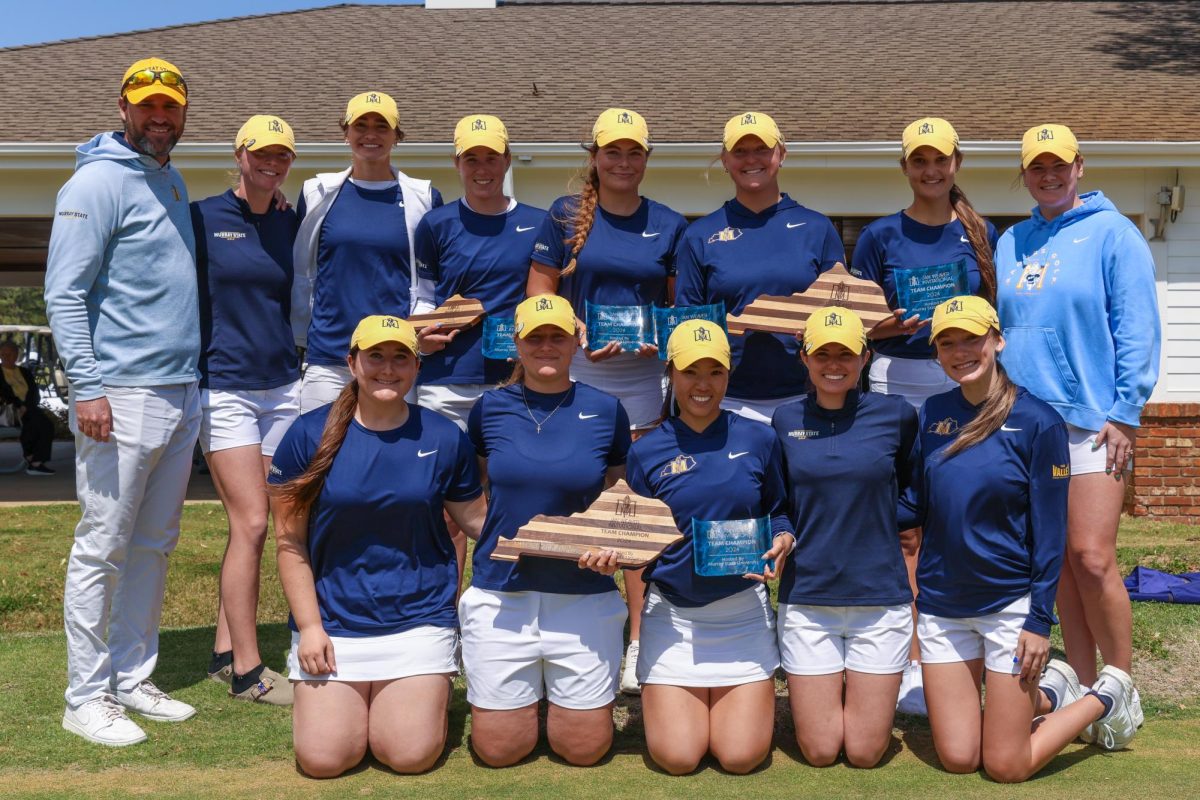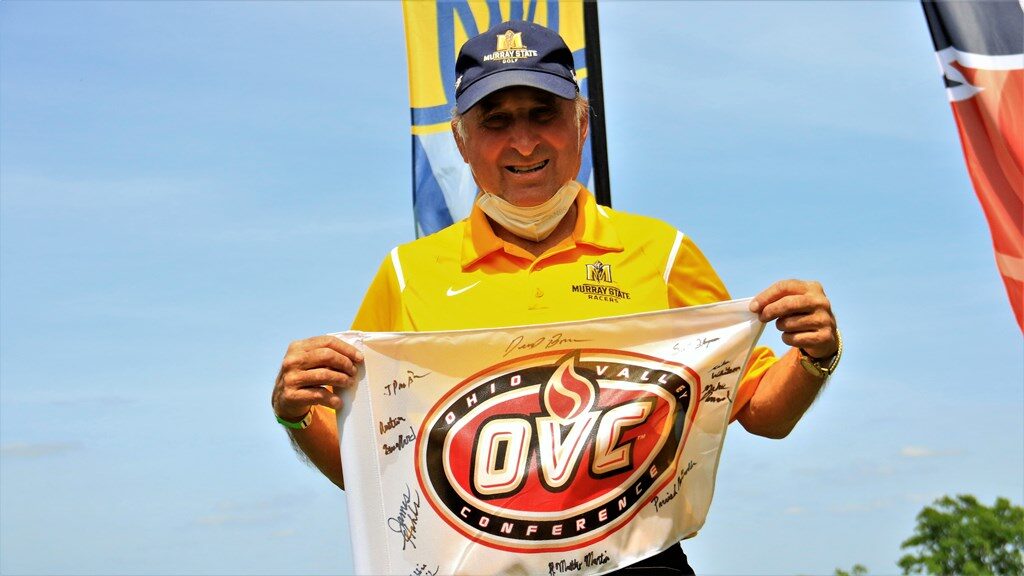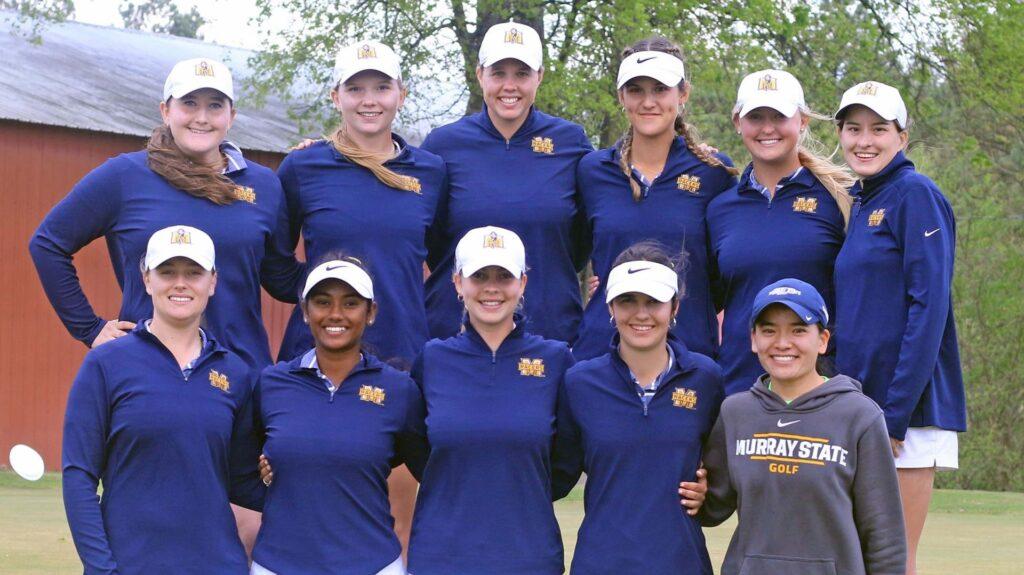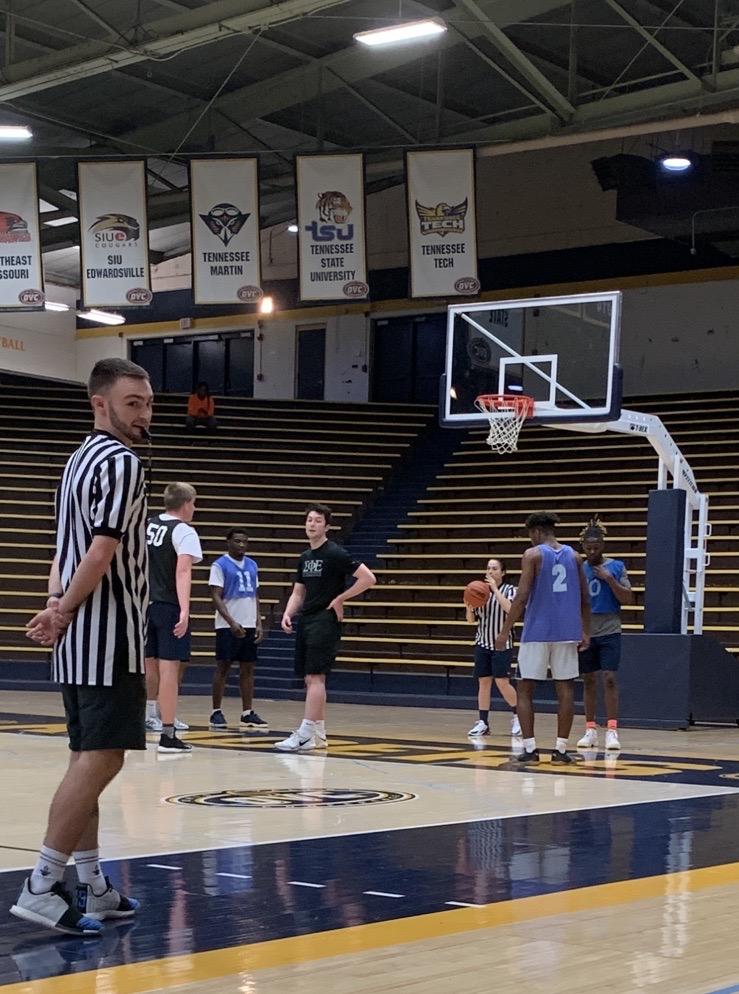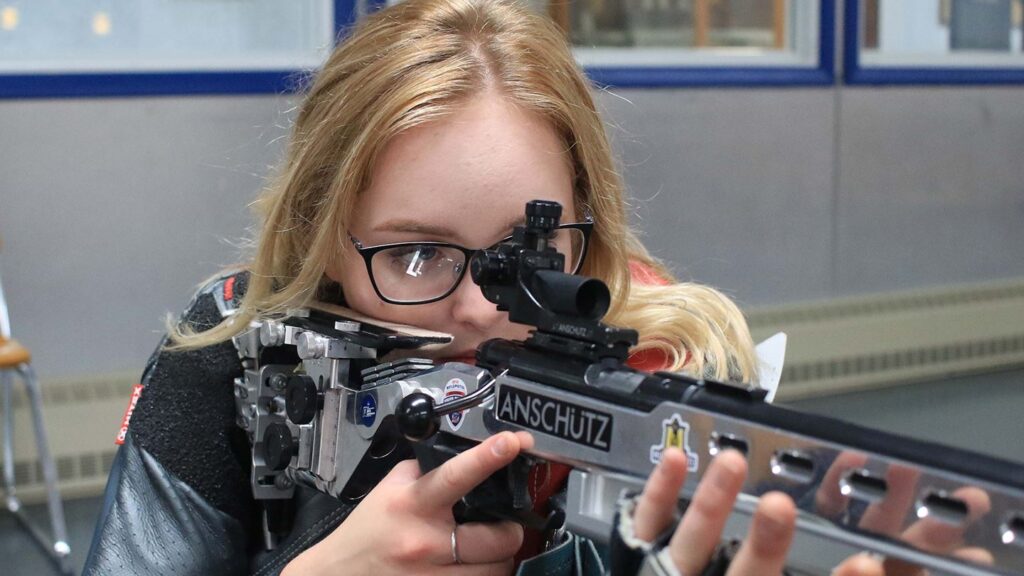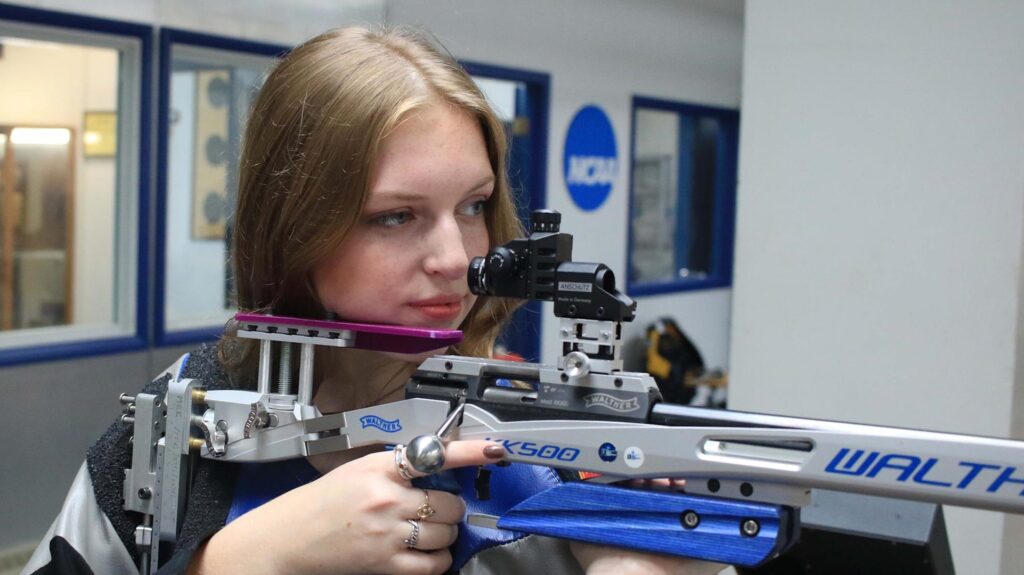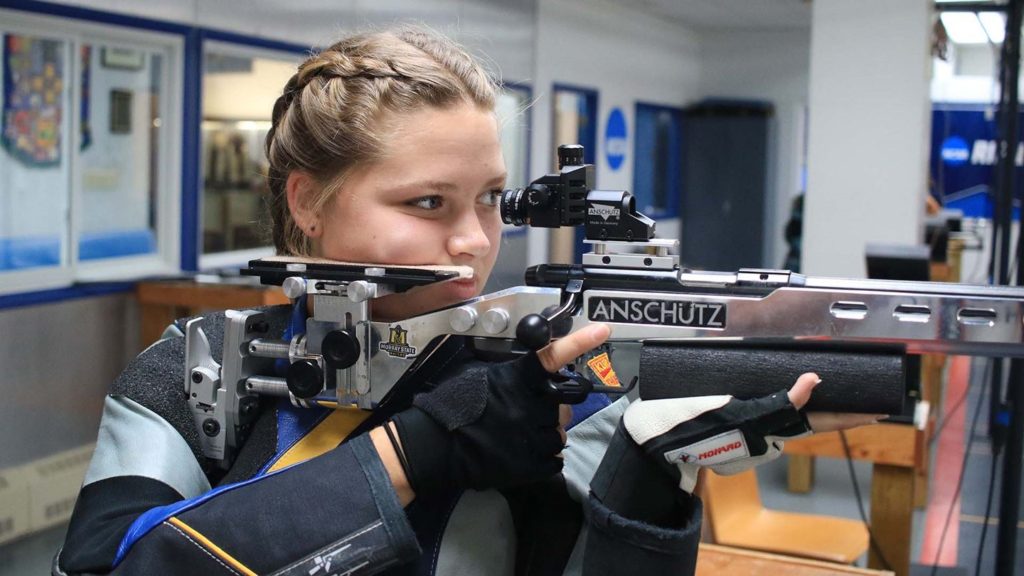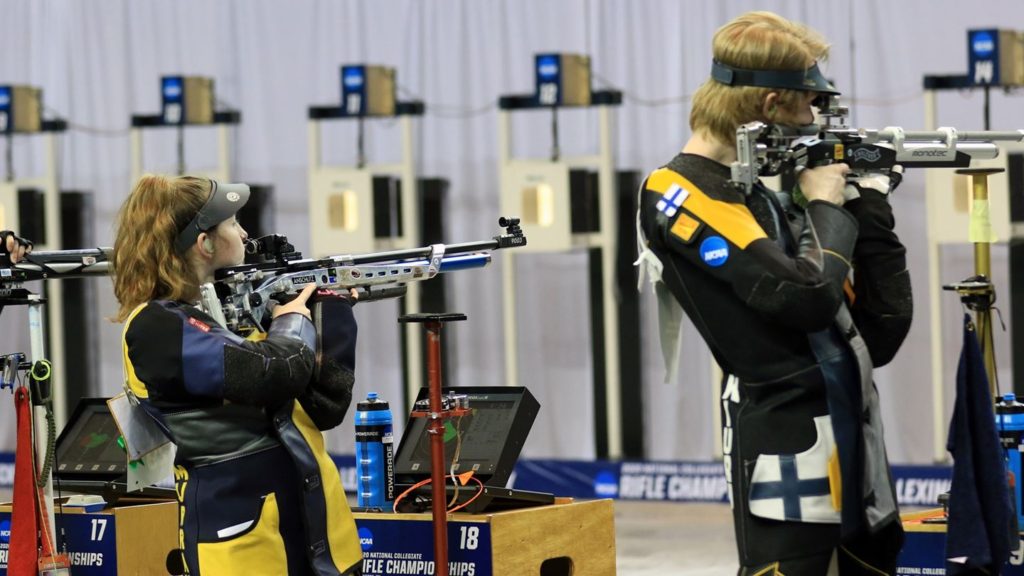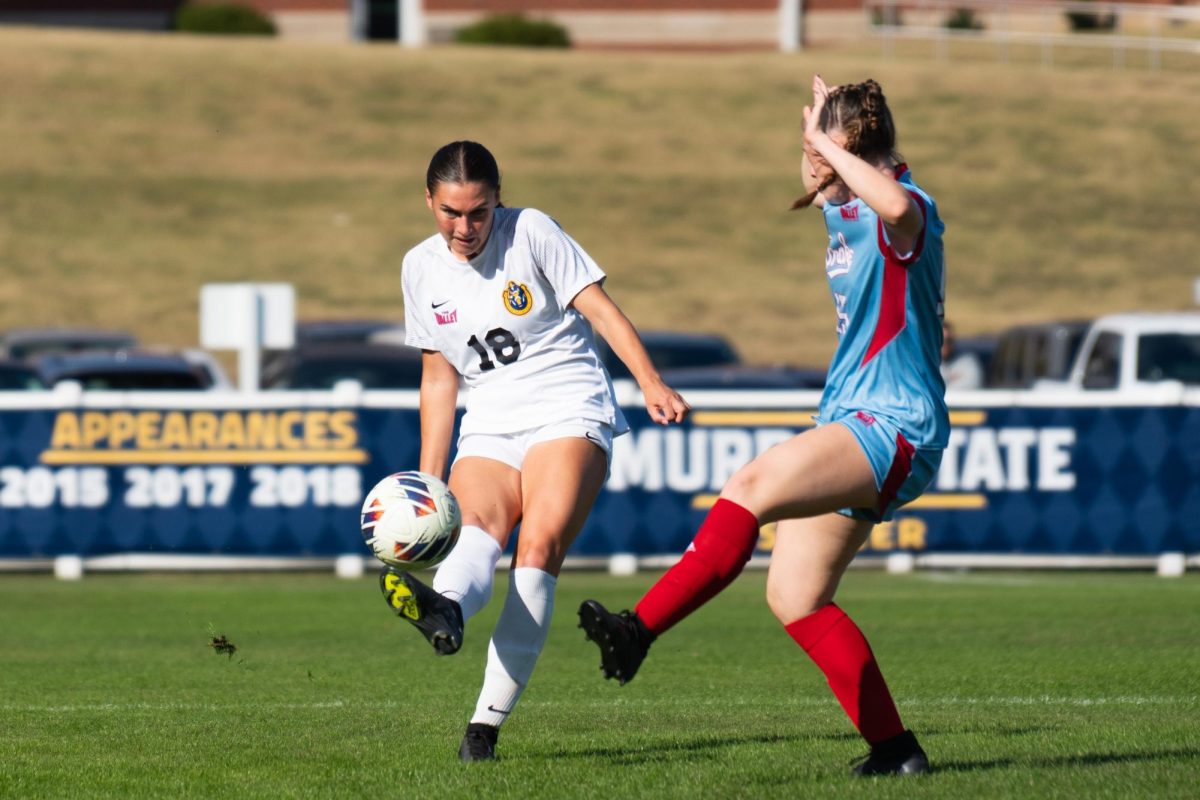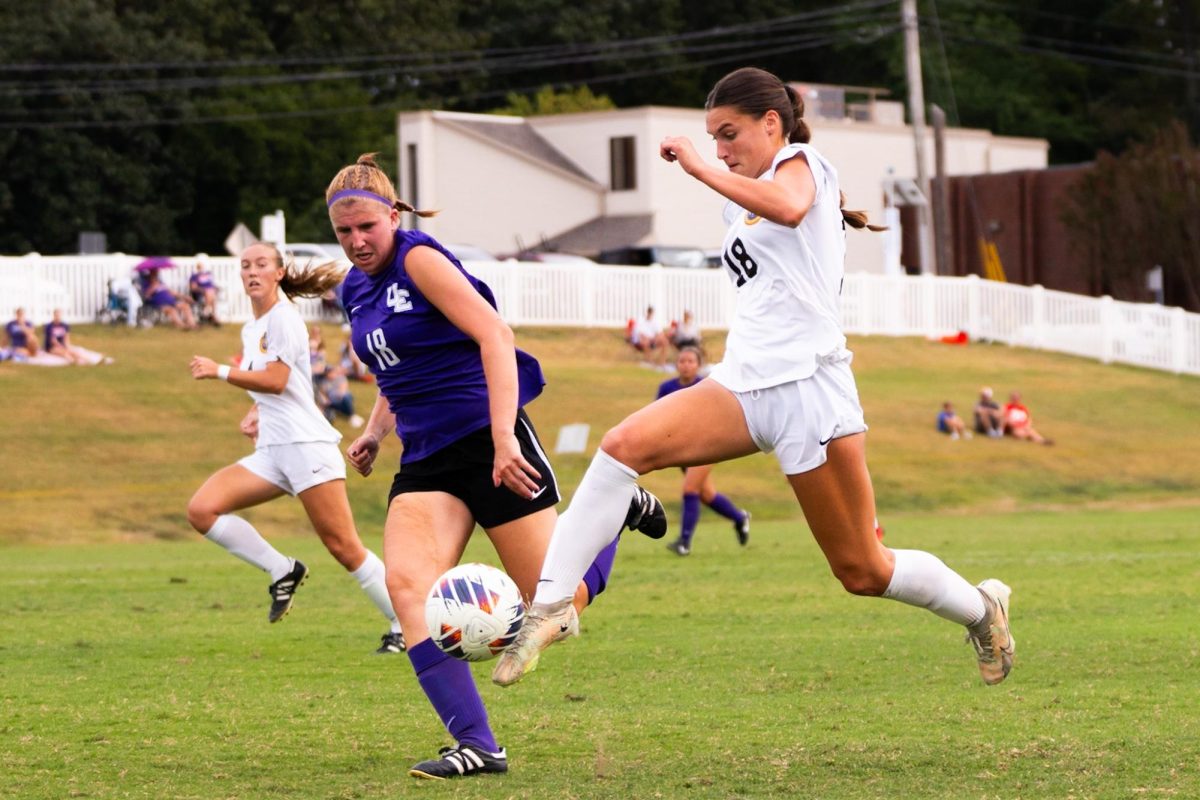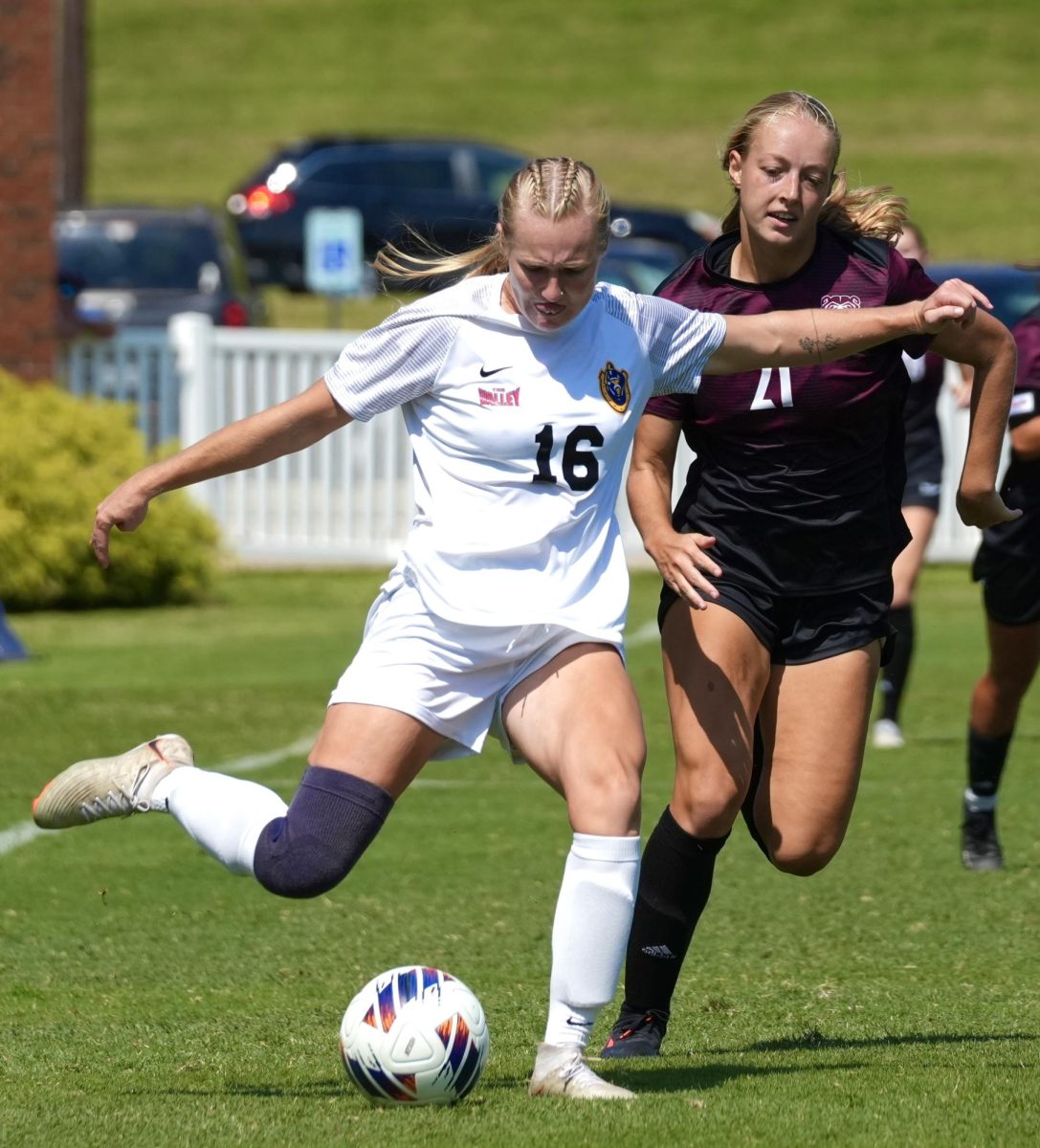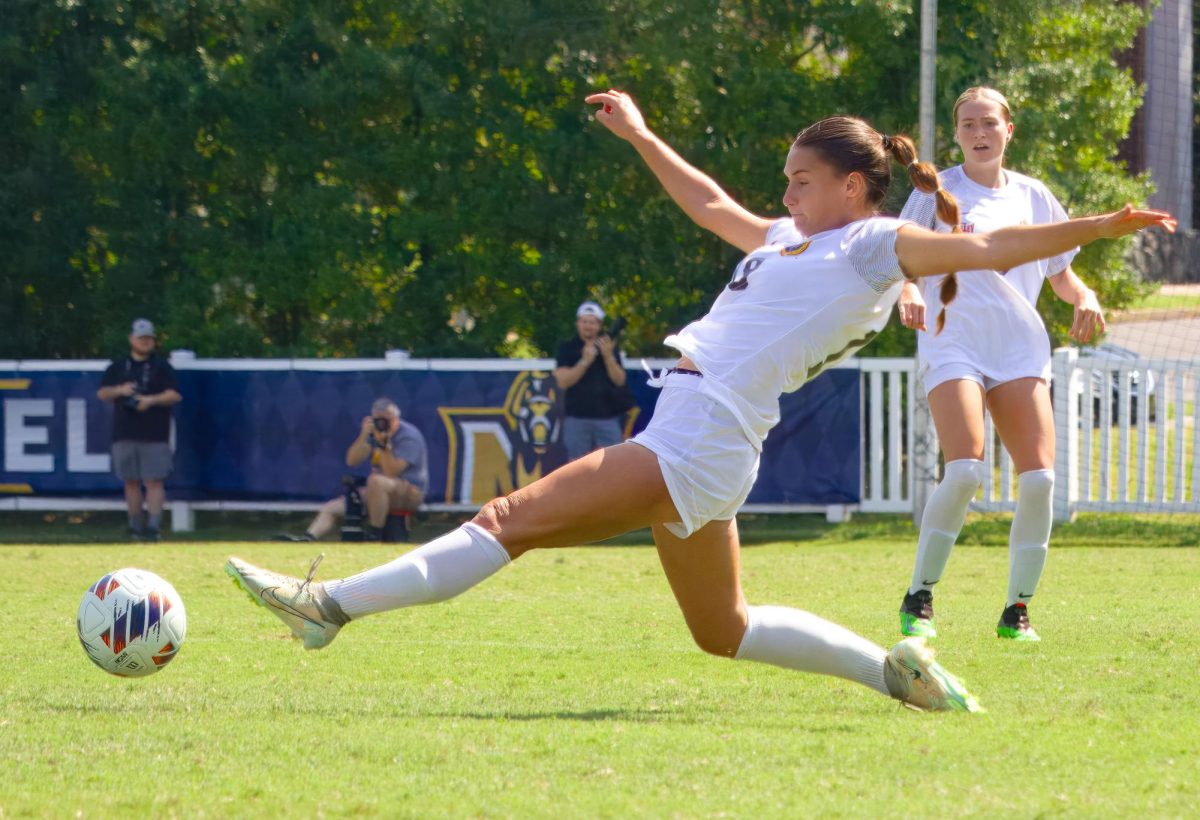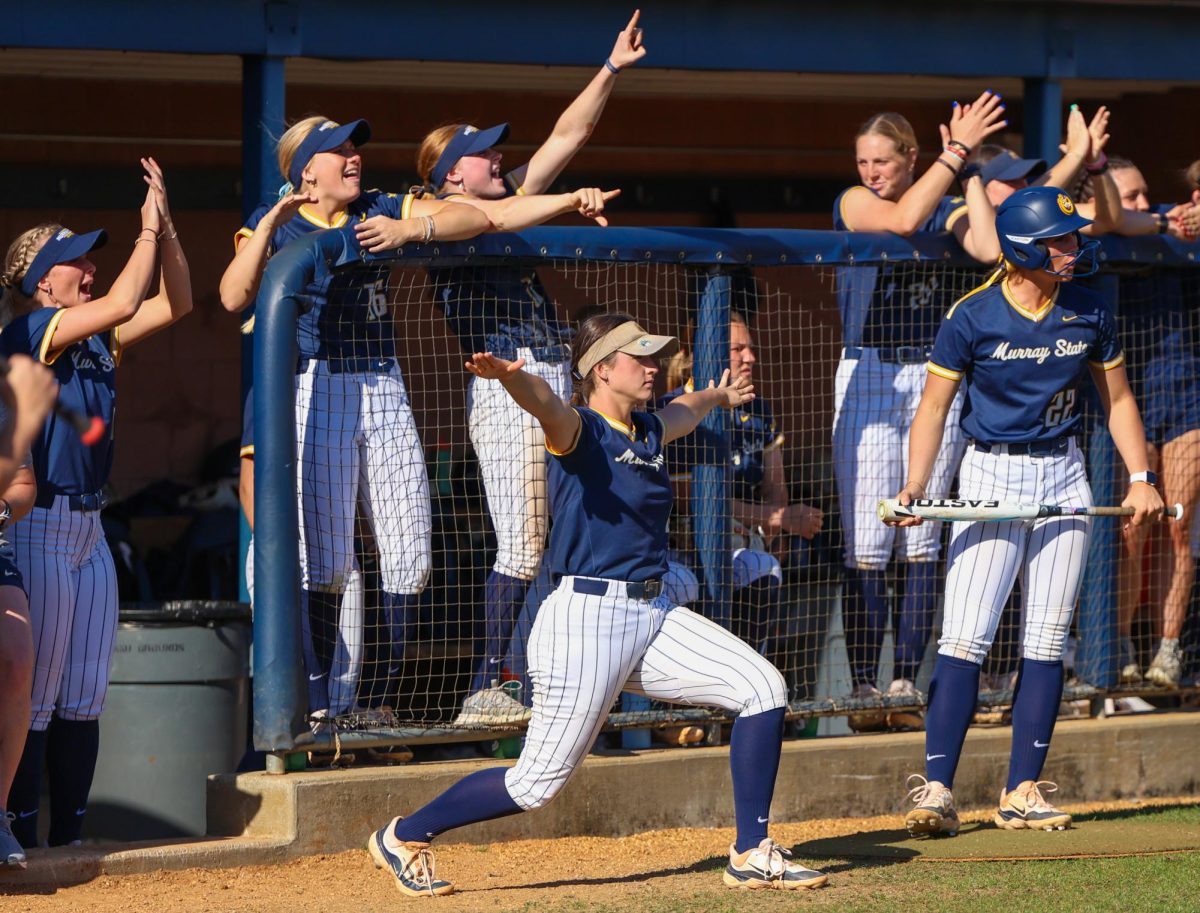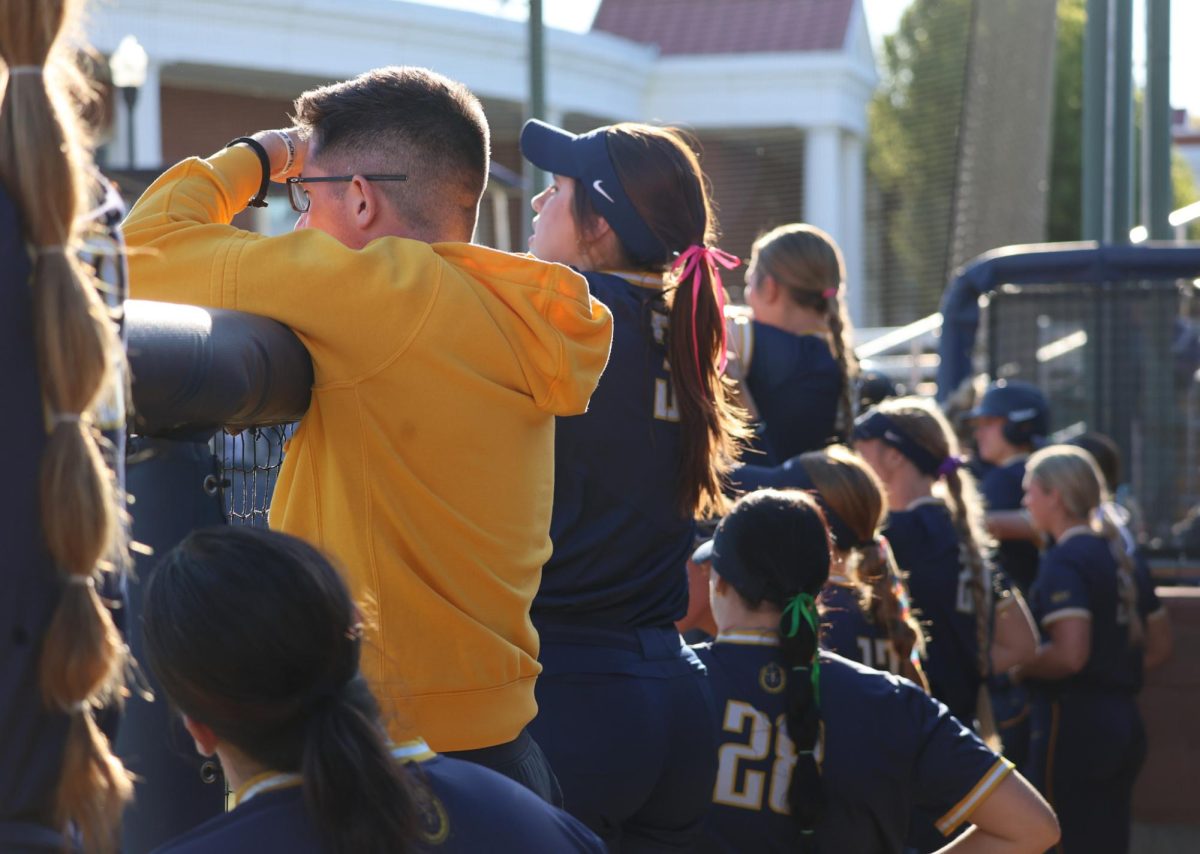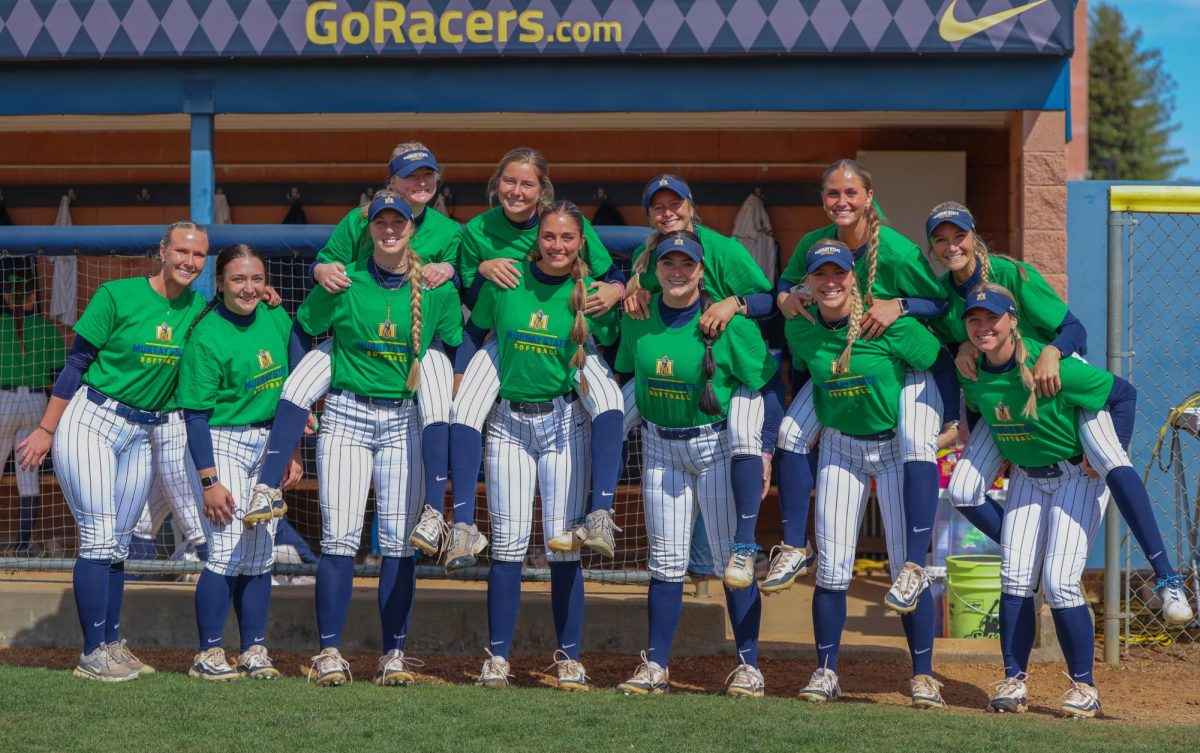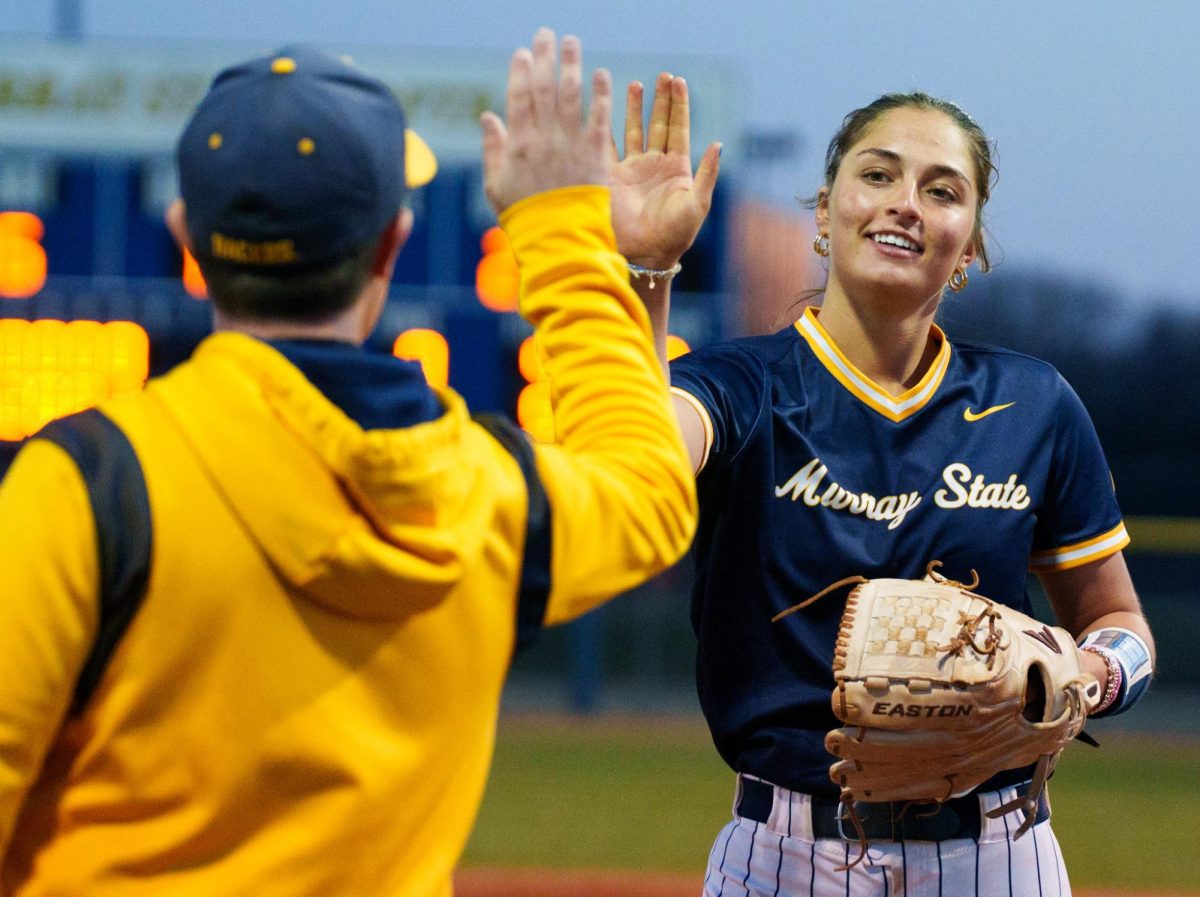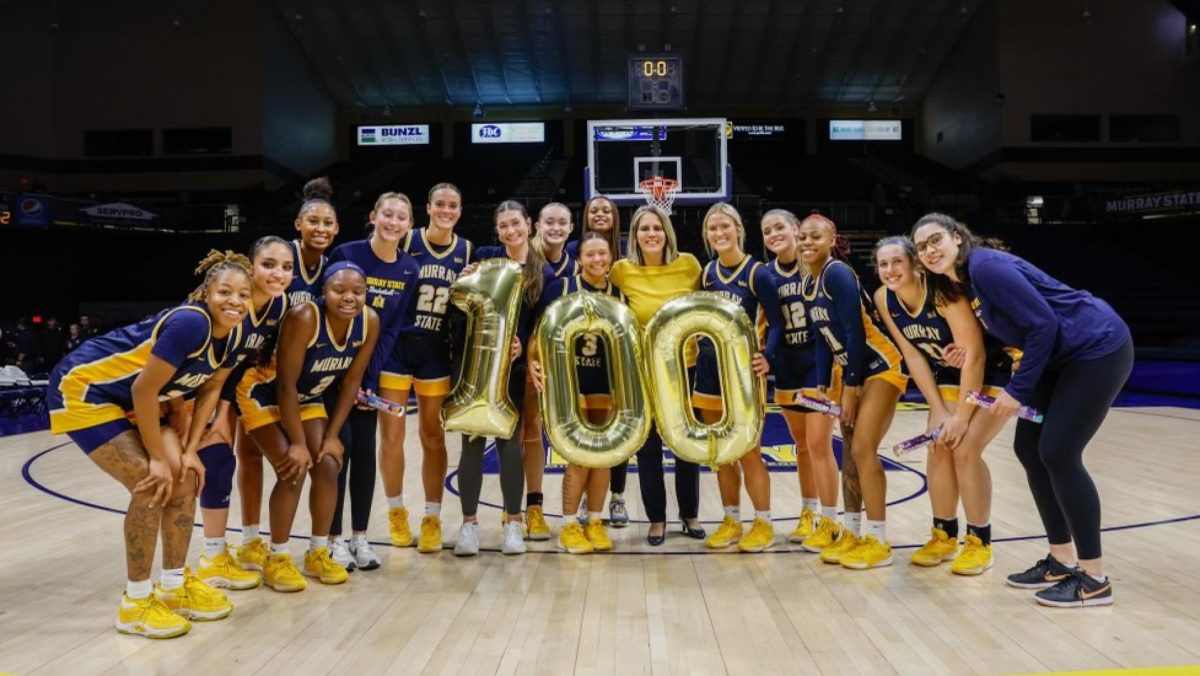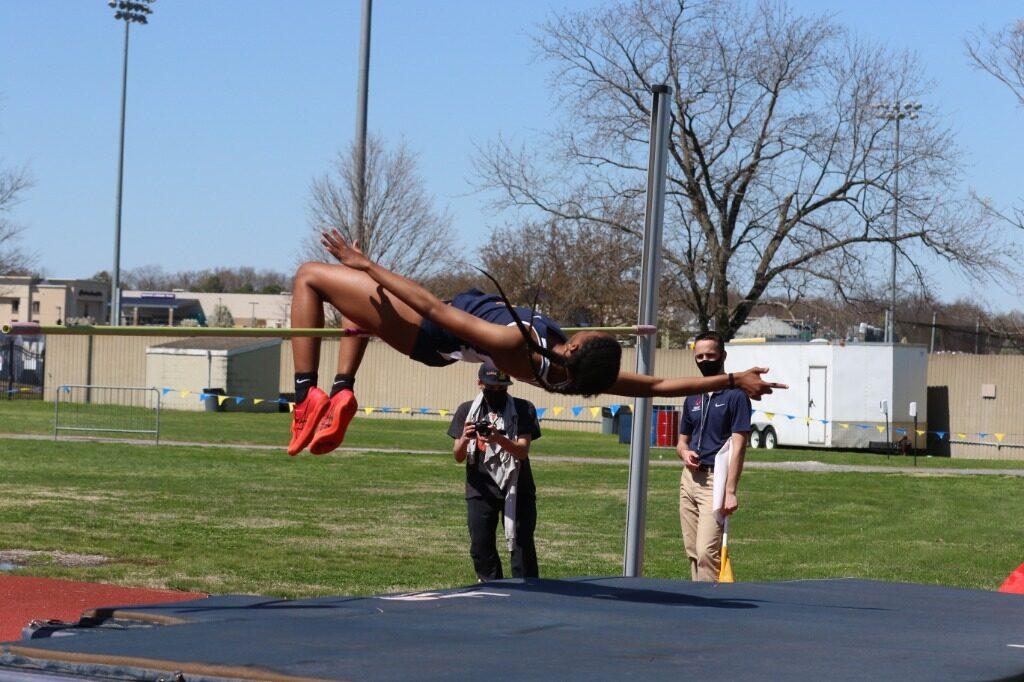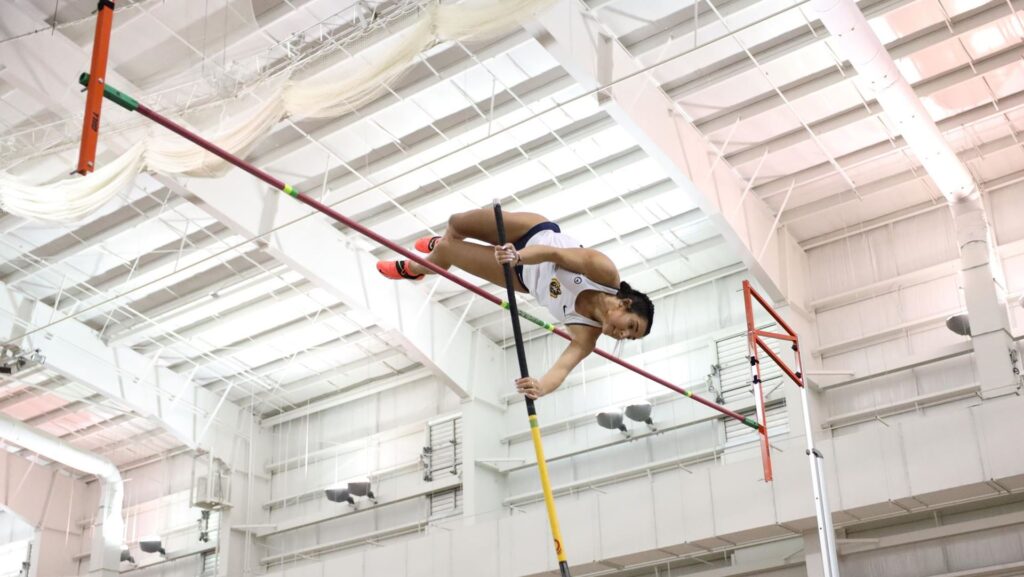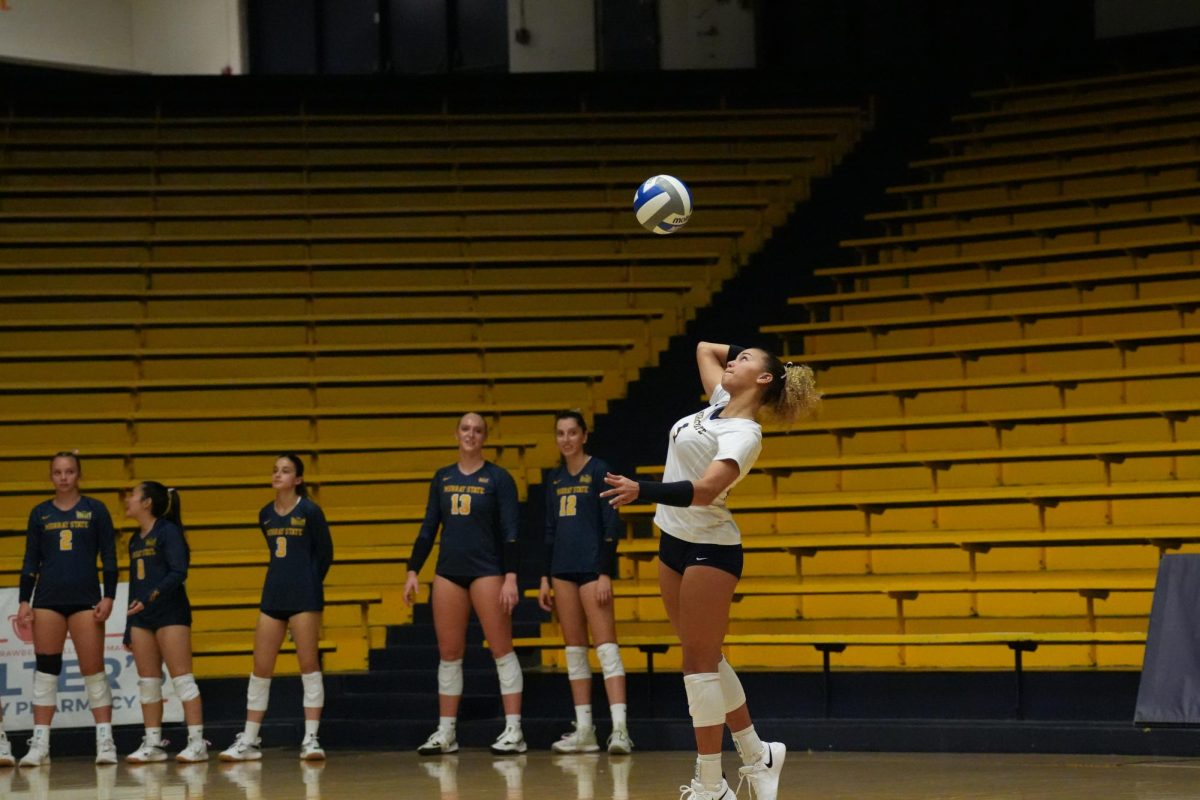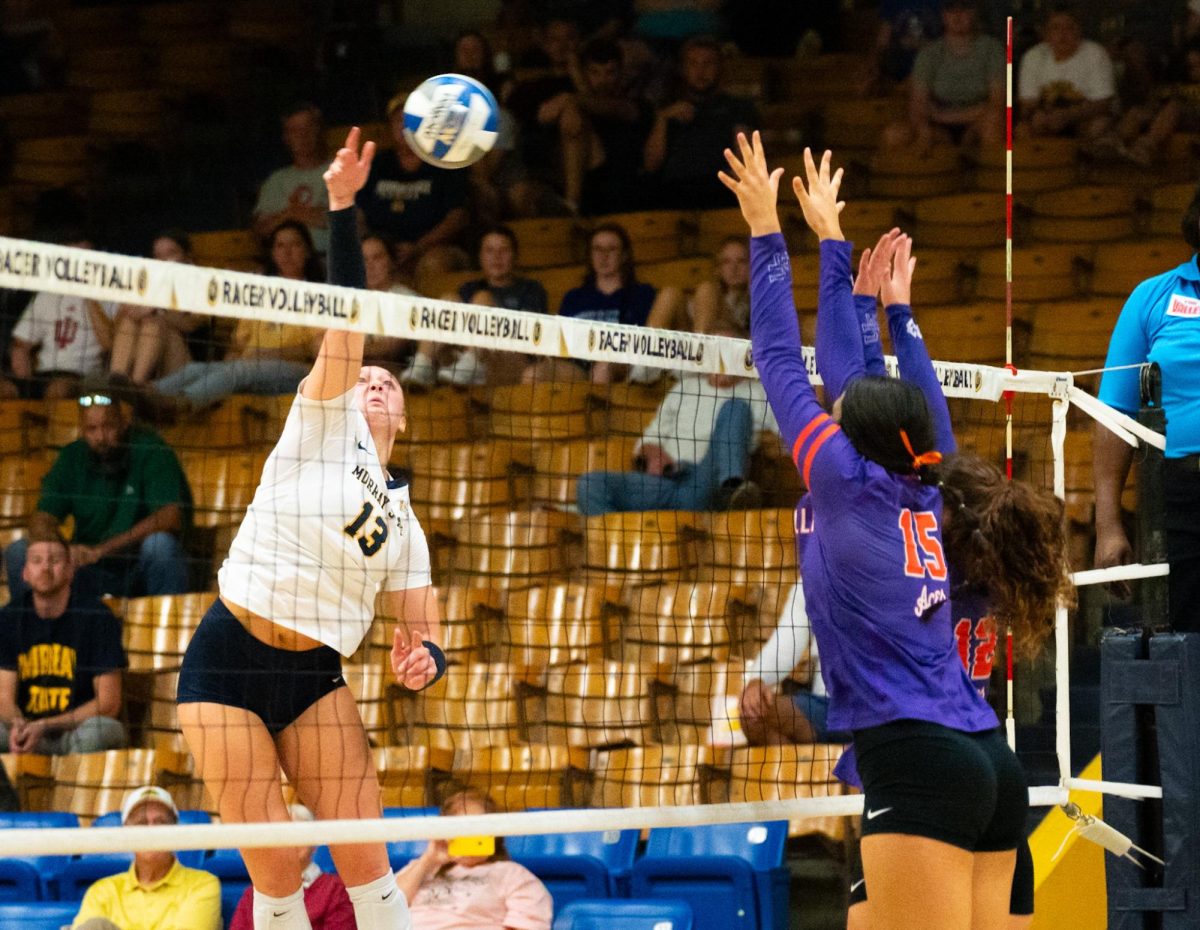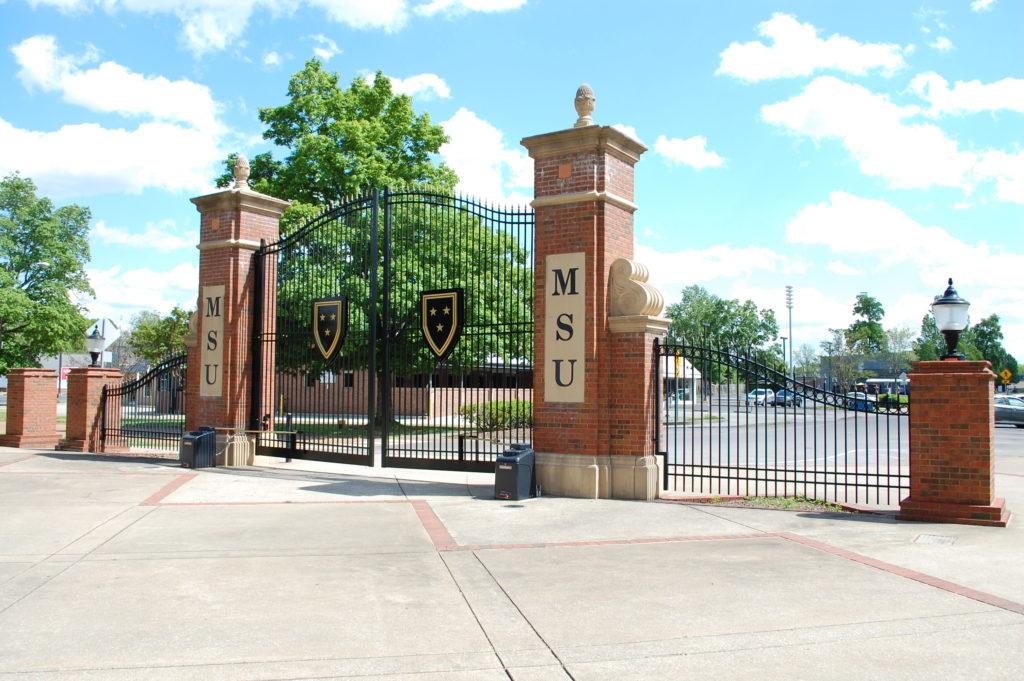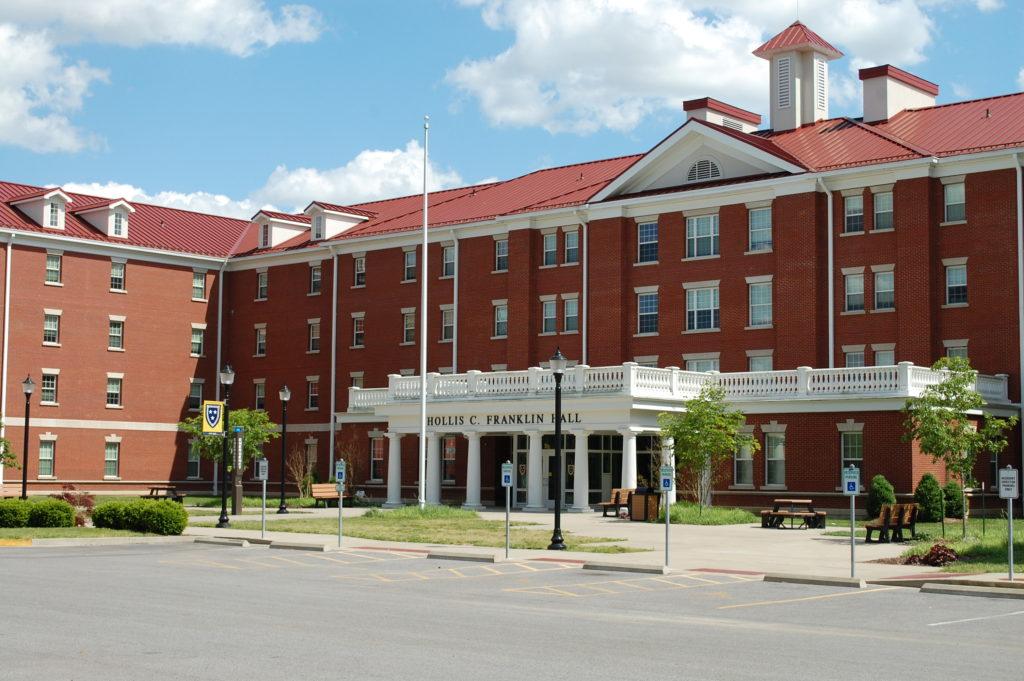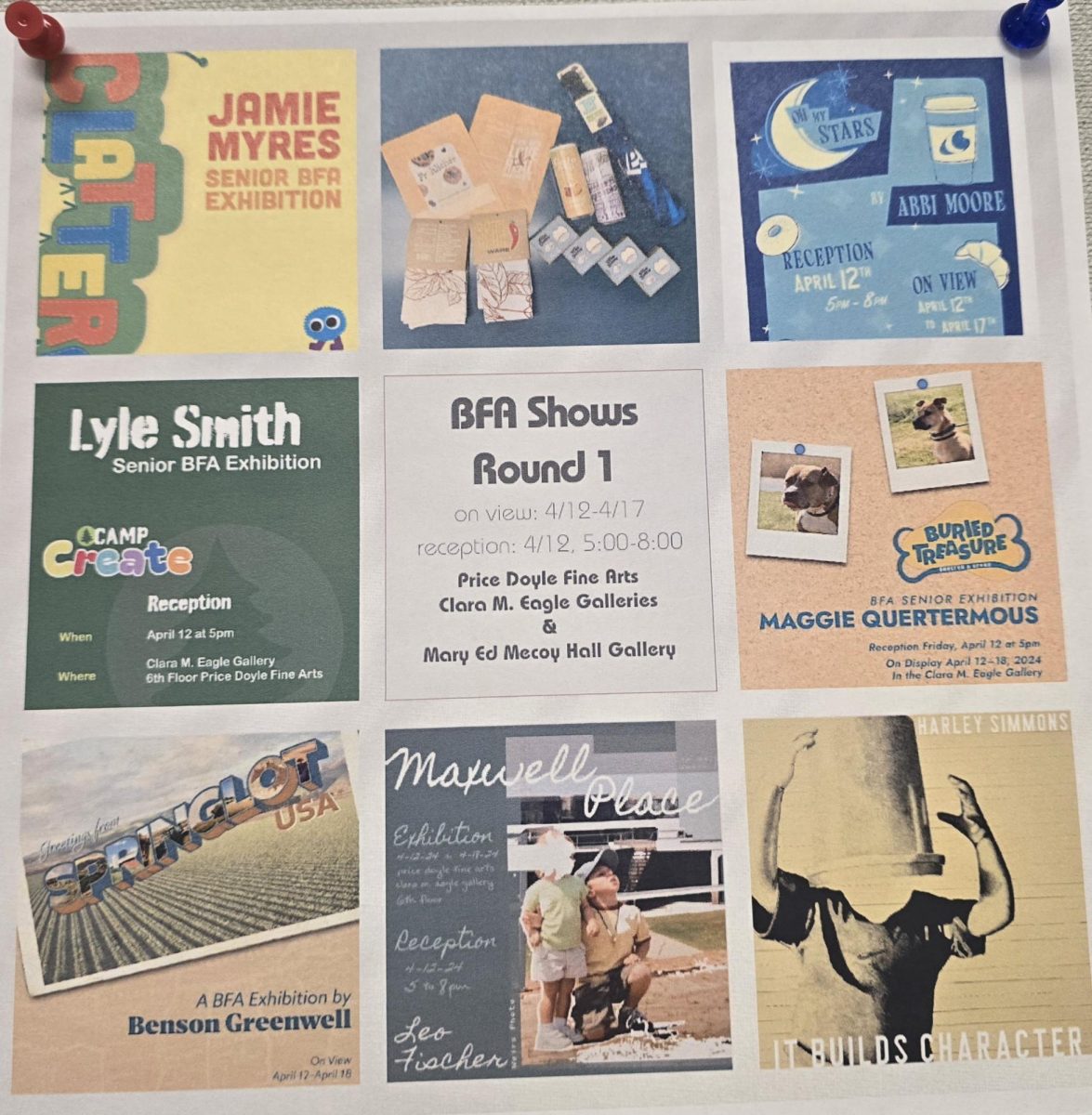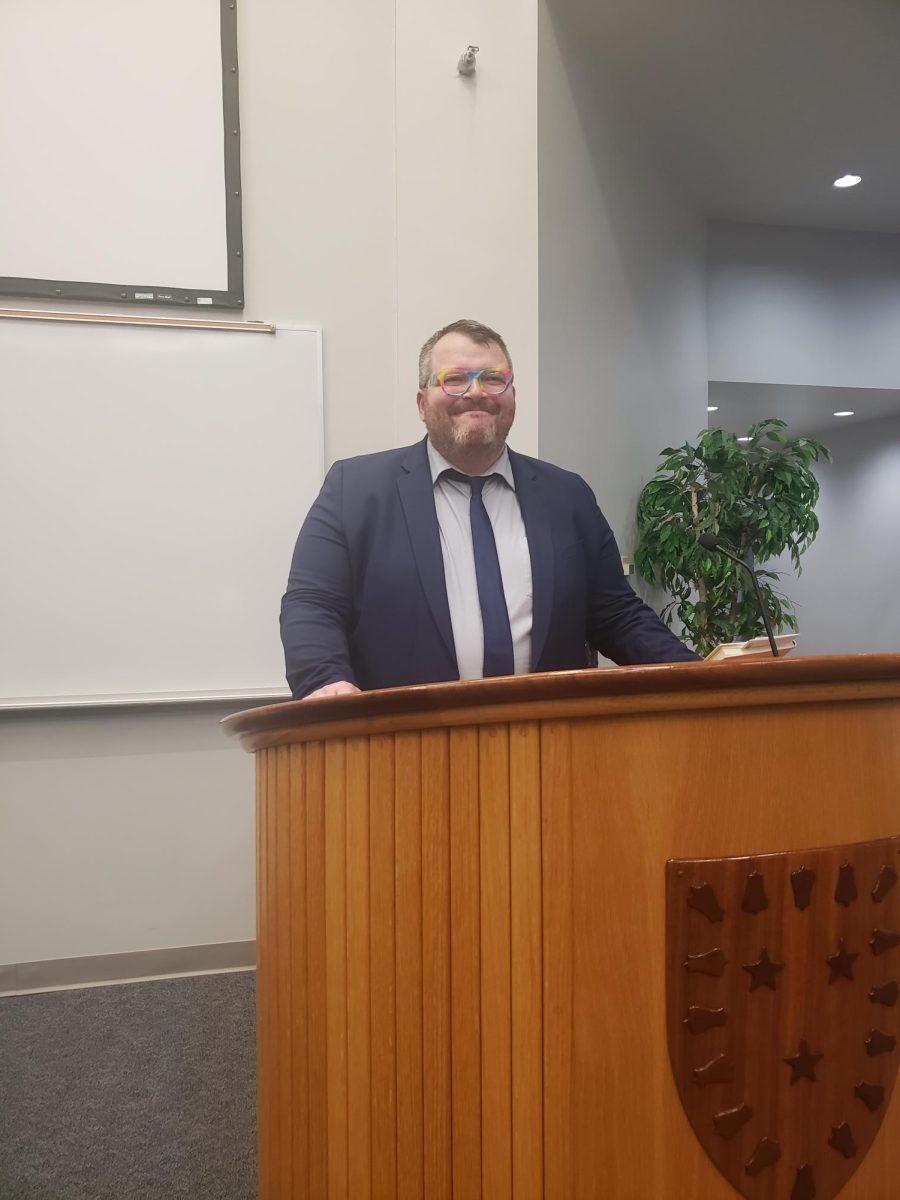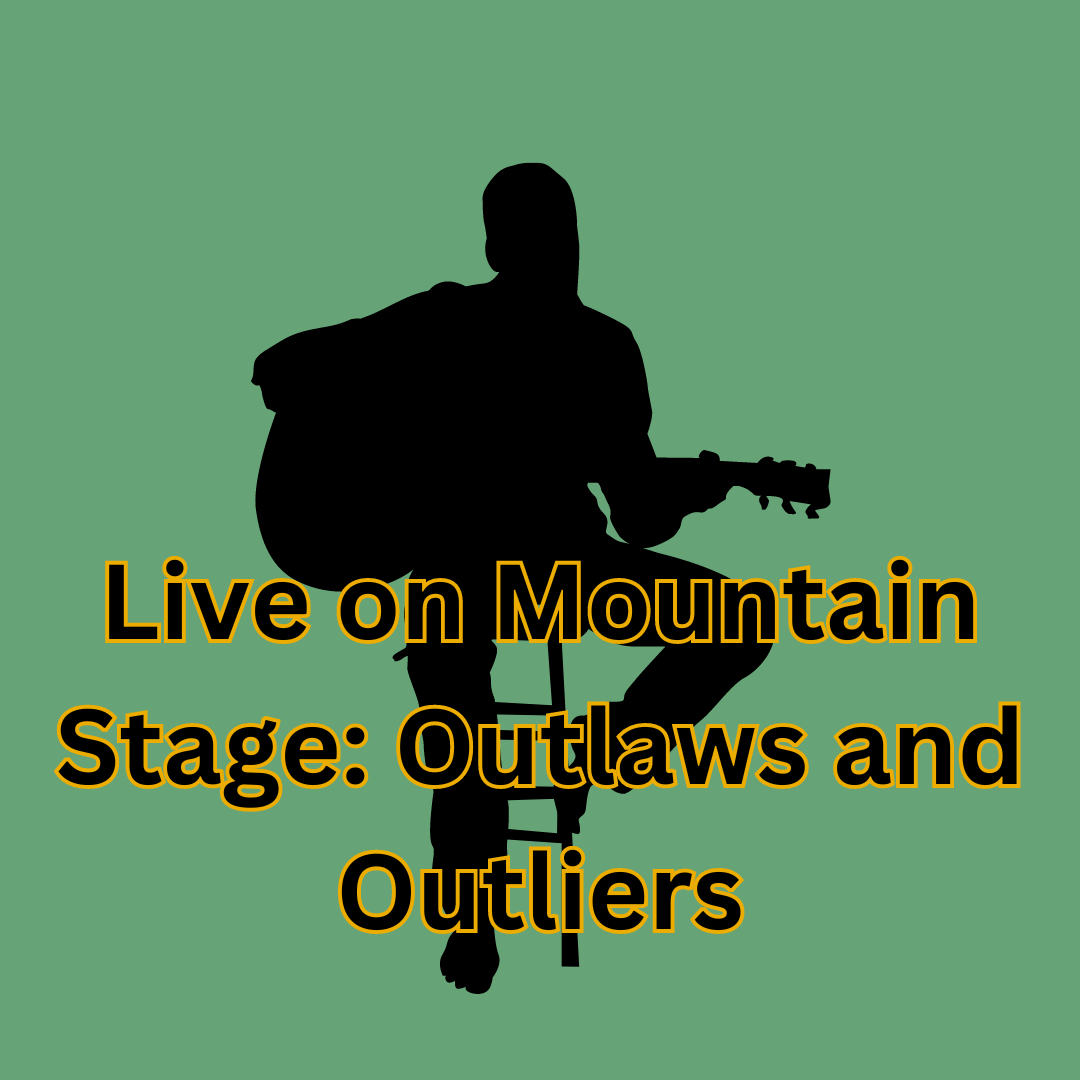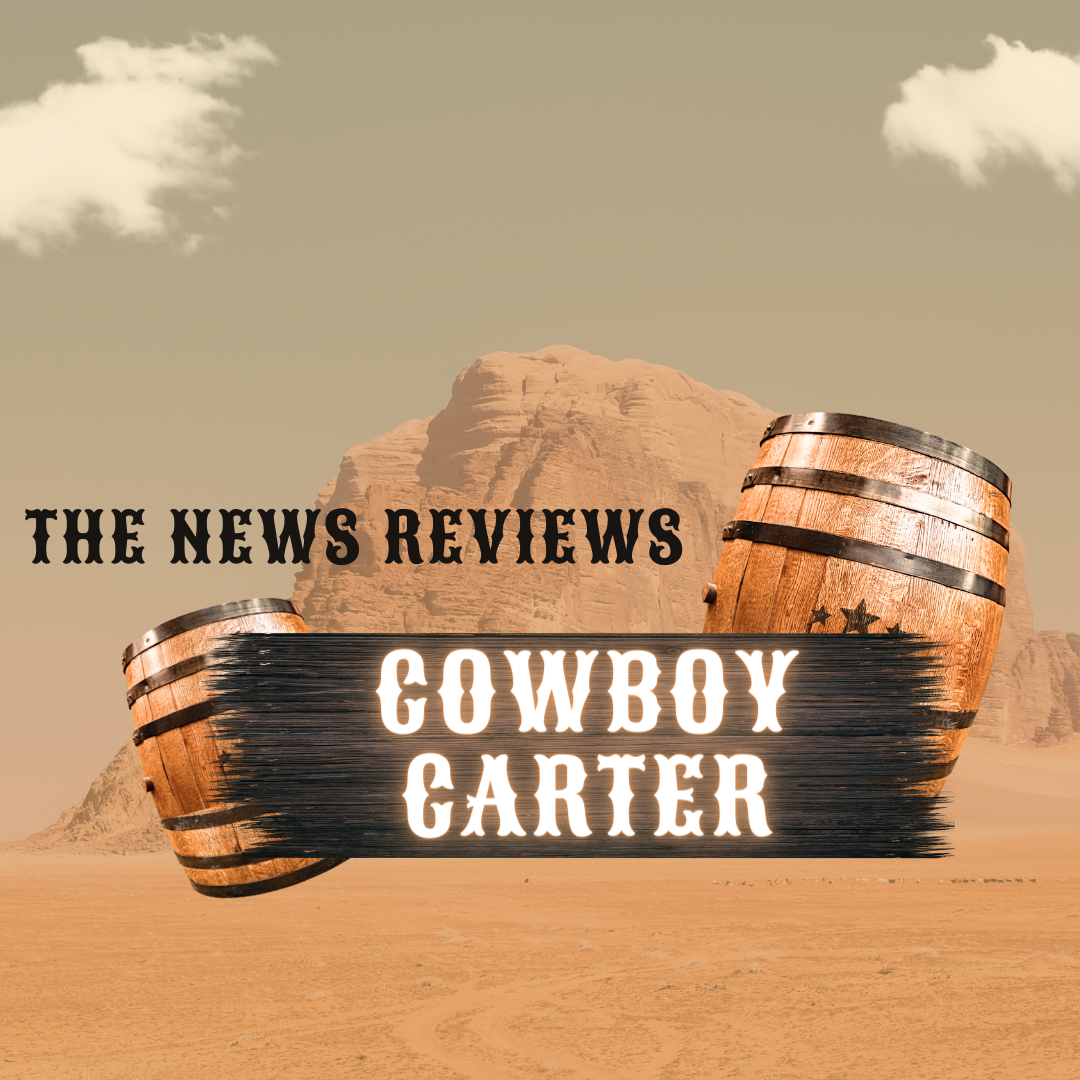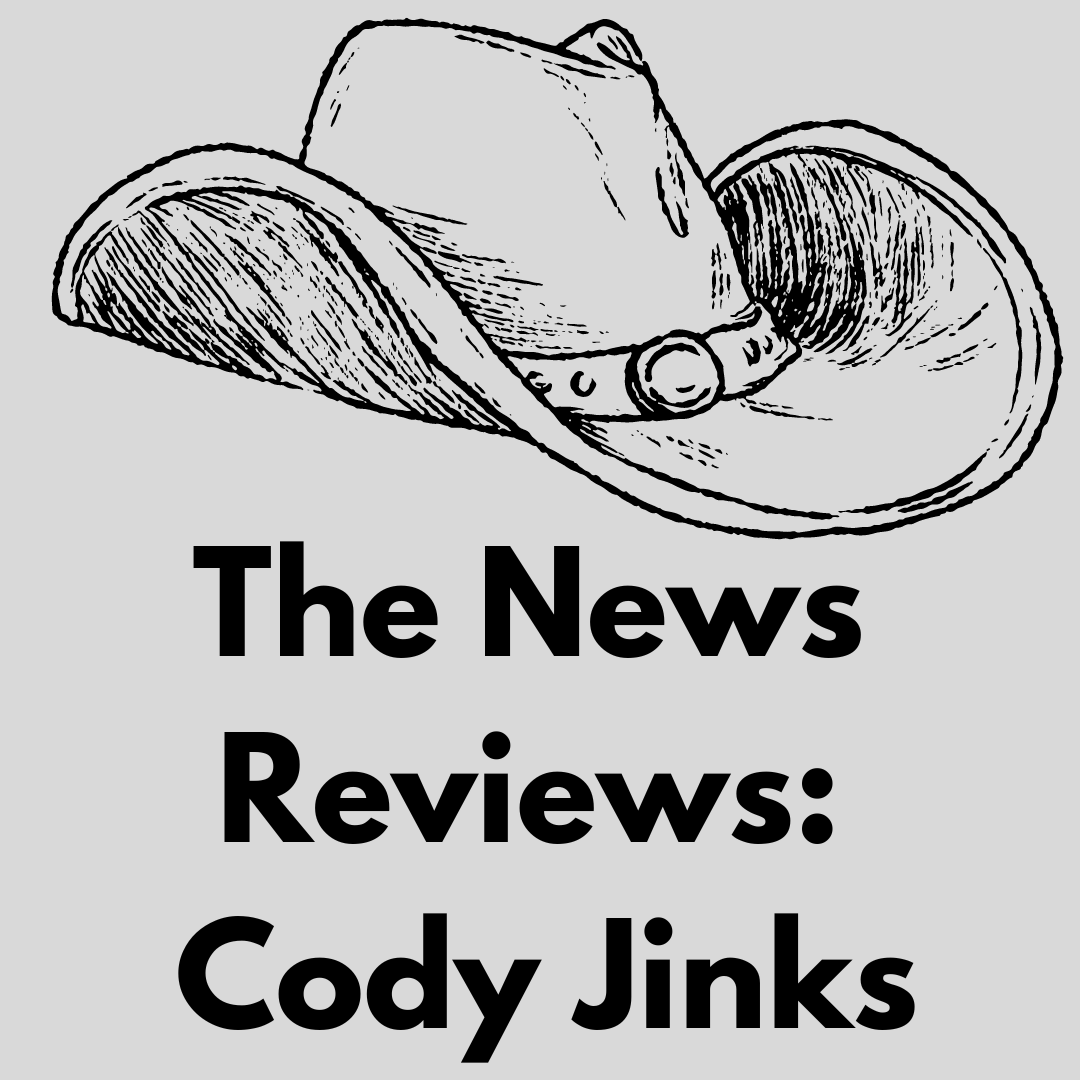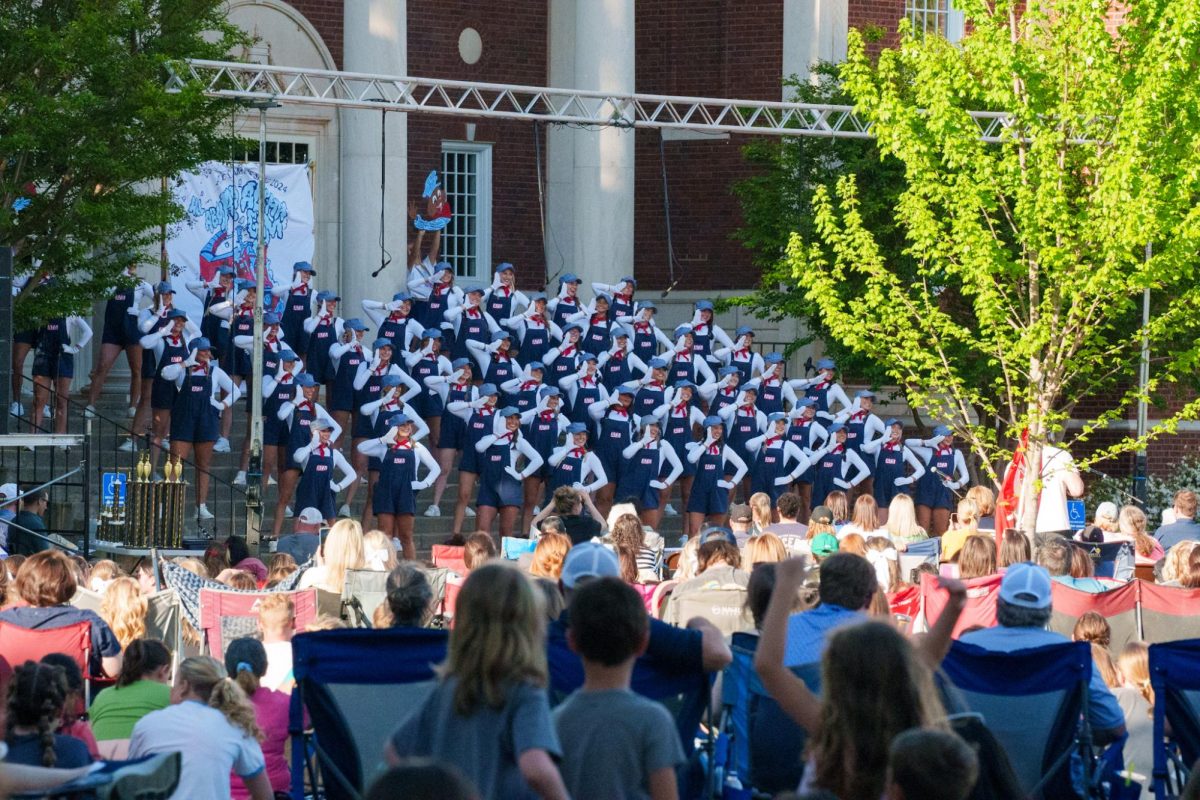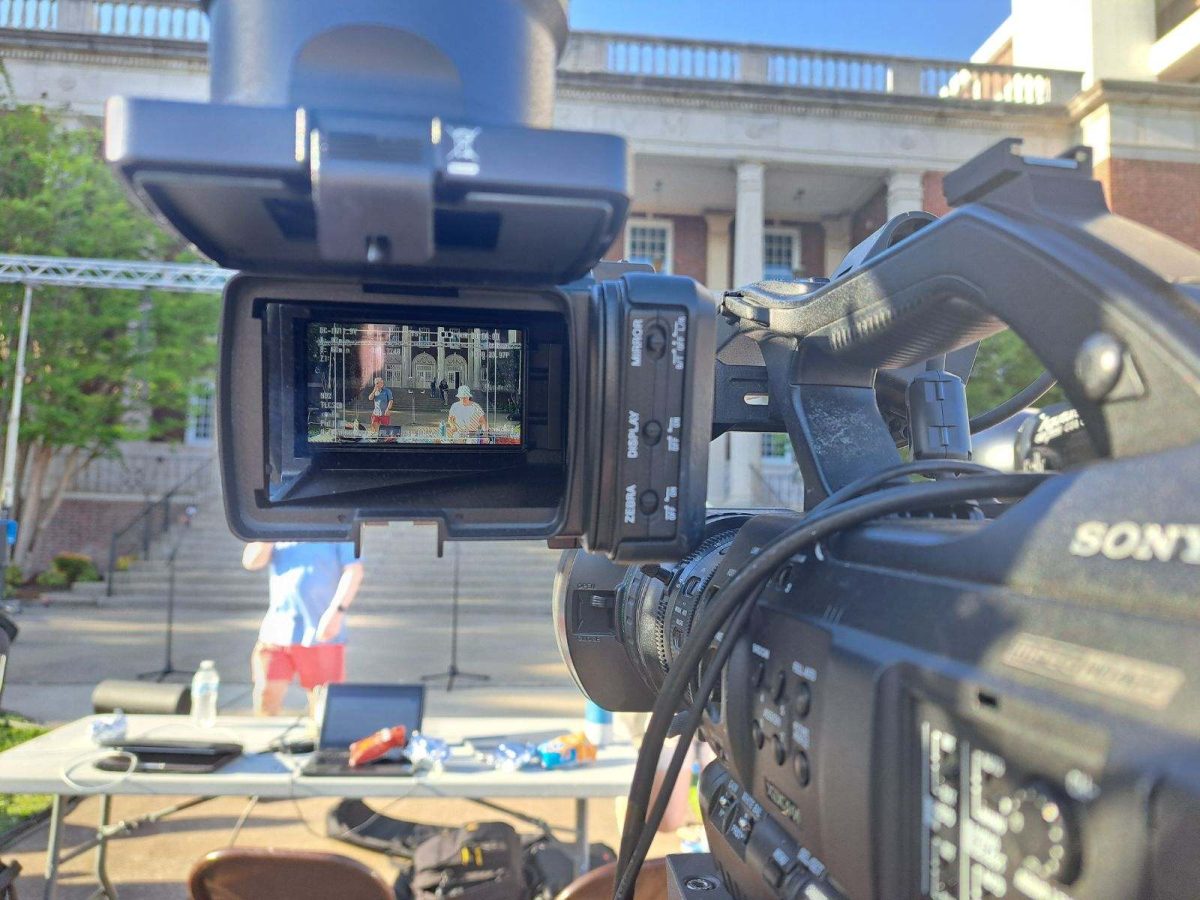The United States Coast Guard and the National Transportation Safety Board convened for a special series of public hearings this week. Their inquiries were focused on the deteriorated conditions of the navigation lights on the Eggners Ferry Bridge and the navigational abilities of the Delta Mariner crew.
Hearing Officer Lt. Salinas called upon Thomas Hines, transportation engineer supervisor of the Kentucky Transportation Cabinet, to answer questions about light maintenance on the bridge. Hines is responsible for 12 counties in western Kentucky.
During his interview, Hines said that before the Delta Mariner hit the bridge in January, another towboat, Miss Katie, struck the bridge.
The first collision, which happened in December, damaged a green navigational light. Hines admitted to the panel of questioners the three vertical white lights, used by larger vessels to navigate under the bridge, had not been operational in some time and he was not aware, at the time of either incident, of their purpose.
Foss Marine attorney Carl Marshall cross-examined Hines in an attempt to construct a time line in which the malfunctioning of lights occurred.
Foss Marine owns the vessel that struck the bridge on Jan. 26.
Several instances occurred over the course of three months, in which reports of malfunctioning lights occurred. Hines said each time he got a notice of light problems he ordered his crew to fix the lights as soon, and safely, as possible.
Hines said the lights for the bridge could only be safely worked on during the day in suitable weather.
“You’ve got to understand that bridge is very narrow,” he said. “Trucks passing often slip their mirrors, it’s so narrow. It’s dangerous to get up on the bridge without traffic control.”
On Jan. 23, Hines received an email stating all the lights were out at the bridge. When Hines went to the scene he attempted to flip the breakers to turn on the lights, but the breaker wouldn’t hold. This method was used several times prior to make the lights operational.
Hines said on Tuesday, Jan. 24, his crew went to the bridge to work on the lights and by lunch they had the upstream side’s lights working. The crew continued to work until quitting time, but the lights on the downstream side were still not operational.
Due to severe weather forecasted for Wednesday and Thursday, Hines said the downstream side of the bridge was to be worked on Friday, weather permitting.
The Delta Mariner hit the downstream side late Thursday night.
Prior to the incident, the Coast Guard sent a letter and lighting plan to the Kentucky Transportation Cabinet, but Hines said he misread the information and didn’t see the clause about the white lights.
Next in the hearing was evidence presented about what constitutes the need for an emergency repair.
According to Hines, in the document he was following, provided from the prior transportation safety engineer, lighting is not explicitly mentioned as an emergency repair.
“I never related the emergency clause with the issues of bridge lighting,” he said.
In the emergency clause of the document it states, in broad terms, an emergency requires a solution within four hours of the incident.
Next, Marshall questioned Hines about the configuration of the lights on the bridge. According to lighting plans presented at the hearing, the bridge was to have red lights on each pier, green lights above the four navigable channels and three vertical white lights. These white lights indicate to commercial vessels, which channel to use.
Hines admitted to the panel he was never aware of the three vertical white lights or their purpose until the Delta Mariner hit the bridge.
He said the white lights had not been working the entire time he was transportation engineer supervisor. He added that after each lighting malfunction he took the appropriate steps, but no one ever mentioned the white lights. He spoke with the Coast Guard on several instances about red reflective panels that were to be added to the bridge lighting system, and the Coast Guard agreed that would make the bridge up to code concerning the lighting plans.
Hines’ predecessor, Susan Oatman, was also questioned about her experience with the lighting of the bridge.
“Maintaining the navigation lights was a big priority,” she said. “But, I was never aware of the three vertical lights on the Eggners Ferry Bridge.”
Steven Smith, highway traffic technician superintendent, was questioned following Oatman. He testified he had been aware of the white lights for approximately 18 years, but was never aware of their importance.
Smith said he never thought to pass this information along to his crew who conducted monthly inspections of the bridges in western Kentucky.
Chuck Wolfe, director of communications for the state transportation cabinet, said the testimony heard on the first day of the hearing revealed only a tiny amount of the facts regarding the investigation.
He said as the inquiry process continues the picture will gradually enlarge.
Eric Washburn, Coast Guard District 8 administrator, said he had been receiving complaints about the bridge’s lighting for weeks.
On the second day of the hearing, the focus of the investigation was geared toward the details of what happened aboard the Delta Mariner on the Jan. 26 incident.
Capt. John Newland, chief mate of the Delta Mariner, was the senior officer on watch and was steering the vessel.
Newland testified the only lights in operation on the night of the incident were the green lights above the channel he attempted to steer the ship under. He originally was concerned the boat was headed under the wrong channel, but trusted the captain of the ship’s navigational skills. He admitted he feared he was going towards the wrong channel but was too close to make a correction in the navigation.
“The best we could do was slow down,” Newland said. “Any action other than reducing speed would have turned this into a total catastrophe.”
Newland said despite his fear of using the wrong channel he followed the explicit directions left by Capt. William Collins, the senior captain of the ship.
He said he steered for the span with the green lights above, as there were no vertical white lights to mark the appropriate channel for a vessel of the Mariner’s size.
Keith Fawcett, Coast Guard investigator, entered into evidence audio and an electronic chart display showing the ships journey along the Kentucky Lake. According to the data, the boat was travelling between 11 and 12 mph.
As the recording was played it was made obvious to the panel there was a miscommunication between Newland and Collins.
Newland believed the ship could go under the bridge with 7 feet of clearance. He asked Collins for a target and Collins said the target was the green lights. These lights were not part of the main navigational channel used by vessels of the Mariner’s magnitude.
The Delta Mariner hit the bridge, following the decision to stay on route, which caused severe damage and a shaken community.
Navigational aids such as radar and electronic charting system were operating, but not being paid attention to as they should have been Newland said.
On Wednesday, Bobby Pepper, general manager of the Delta Mariner, said the navigation team aboard the vessel was partially responsible for the destruction of the span of the bridge.
Pepper’s duties include working with logistics, personnel and contracts, making sure the requirements are met.
Pepper defended Collins decision to steer the ship under the lowest span, as it was the only span with navigation lights. Pepper said the lights misled the crew.
Salinas, the hearing officer, said the hearing was not a trial. The United States Coast Guard and the National Transportation Safety Board were charged with sorting out the details to expose evidence of the incident.



